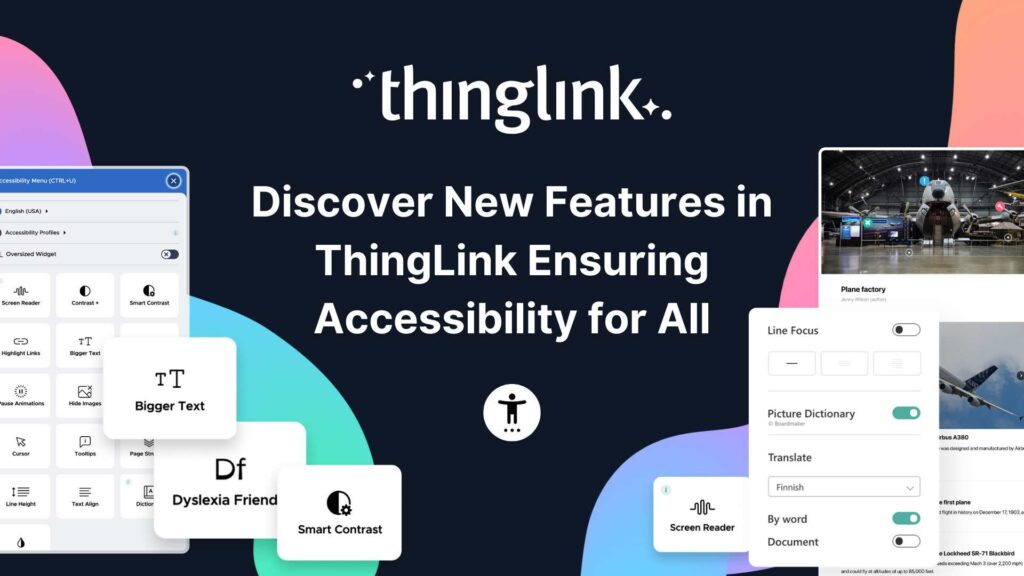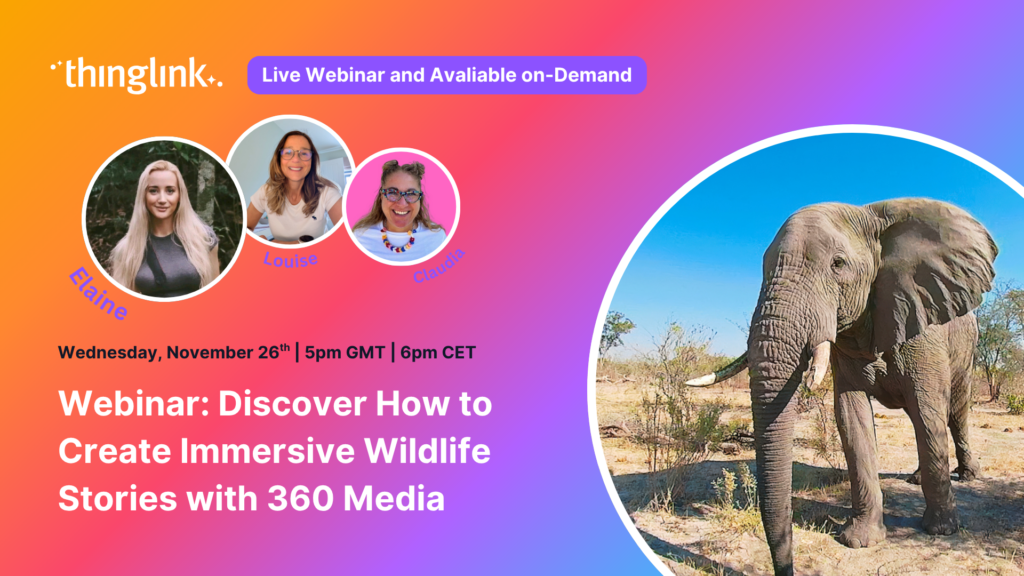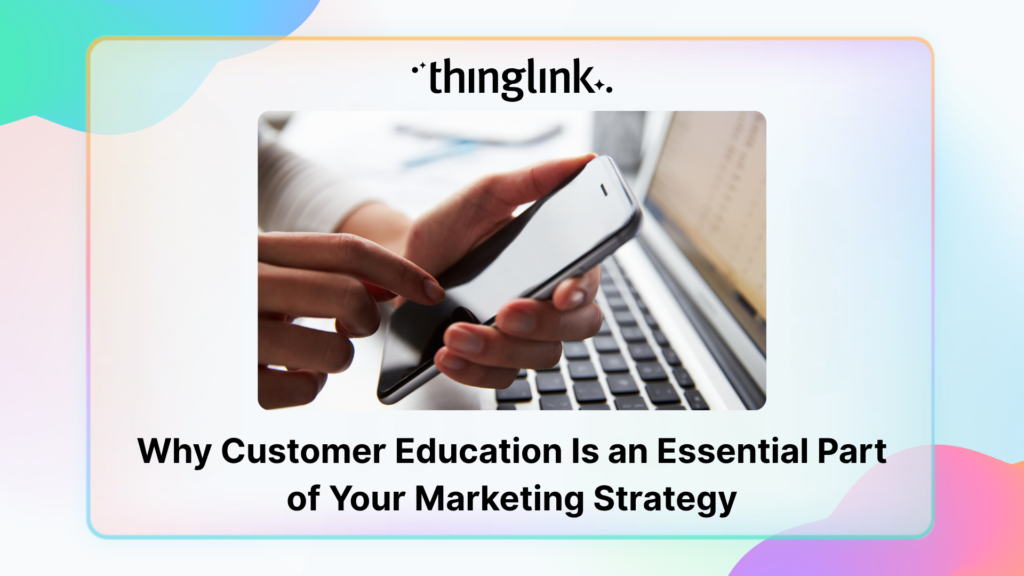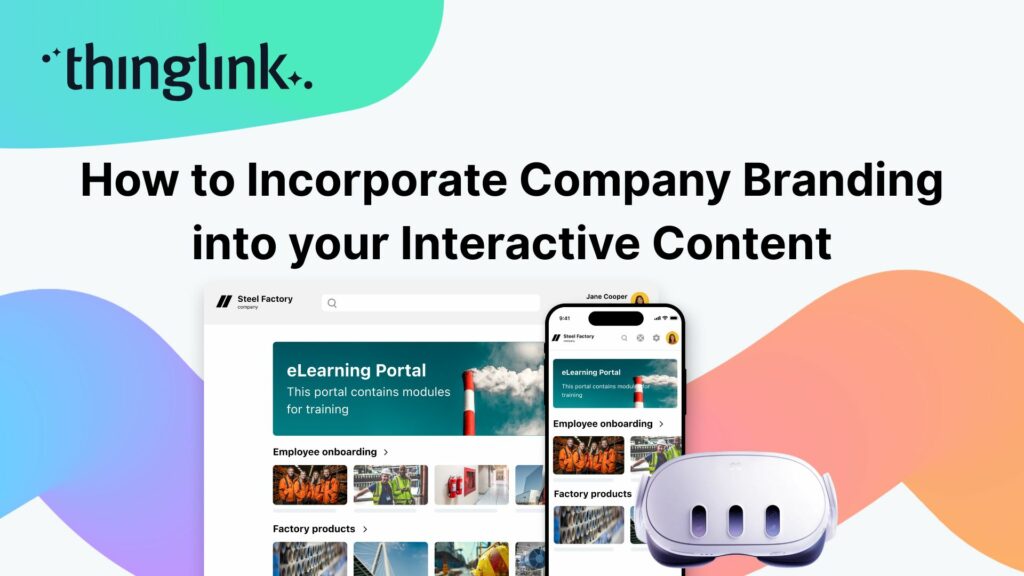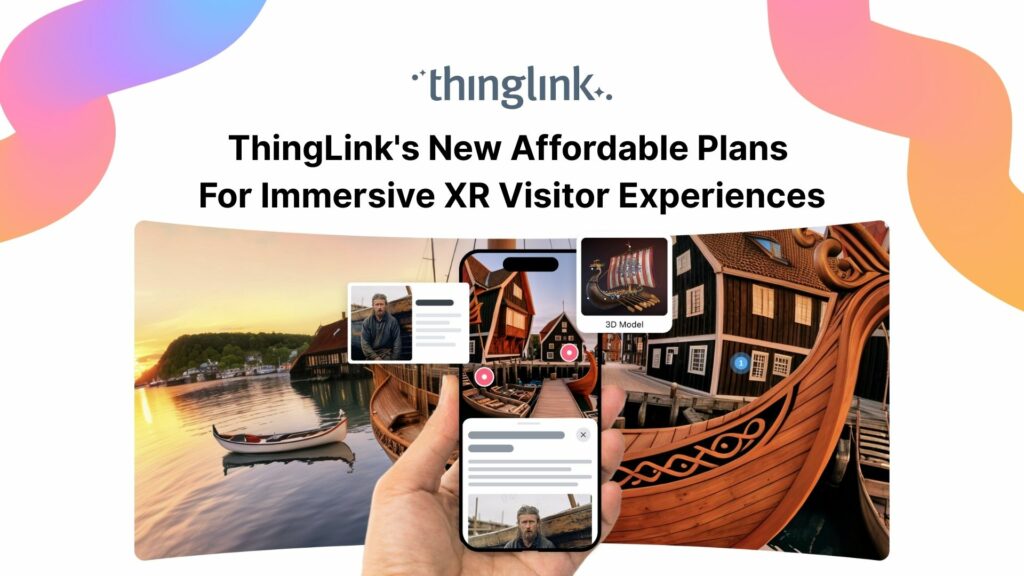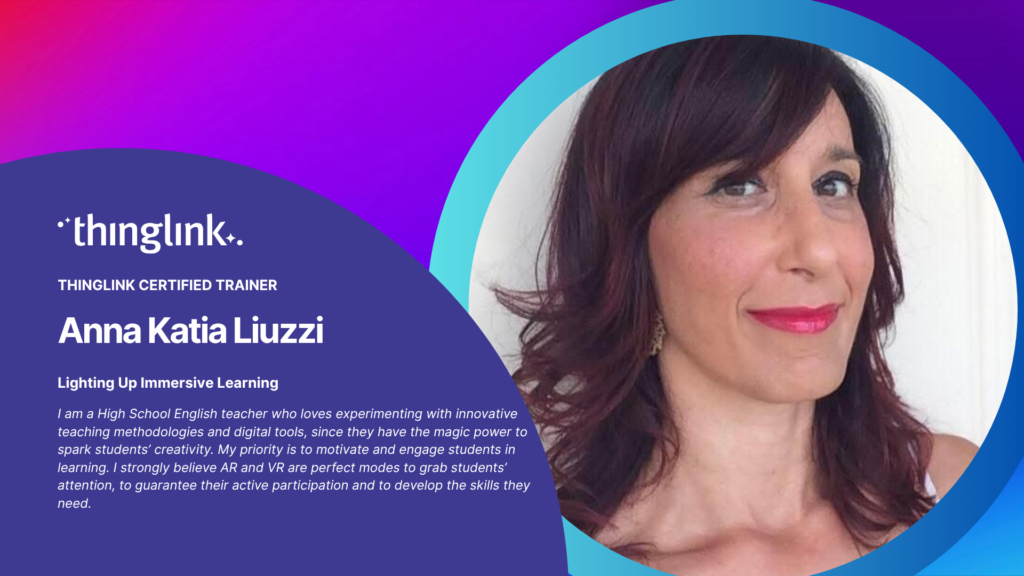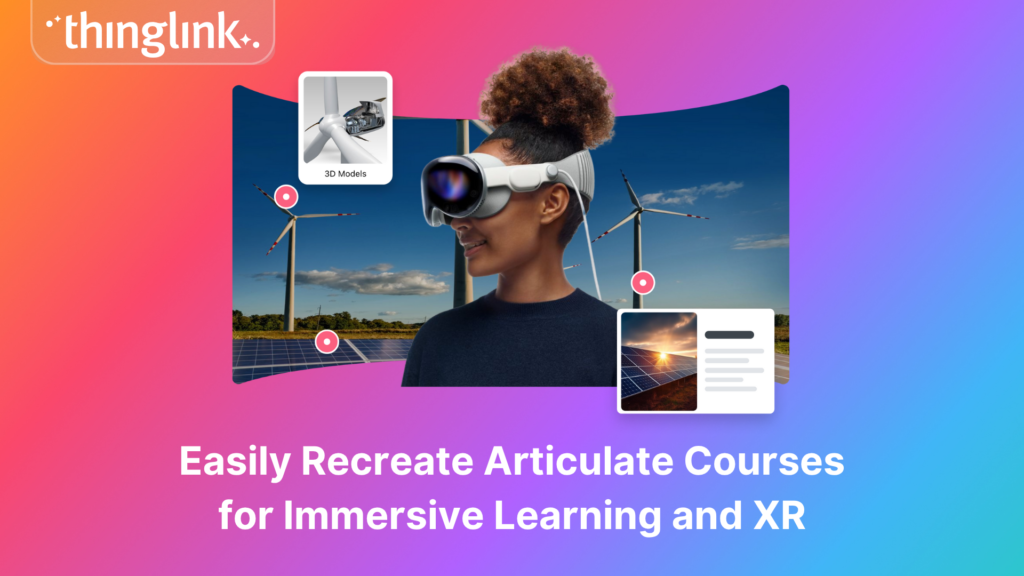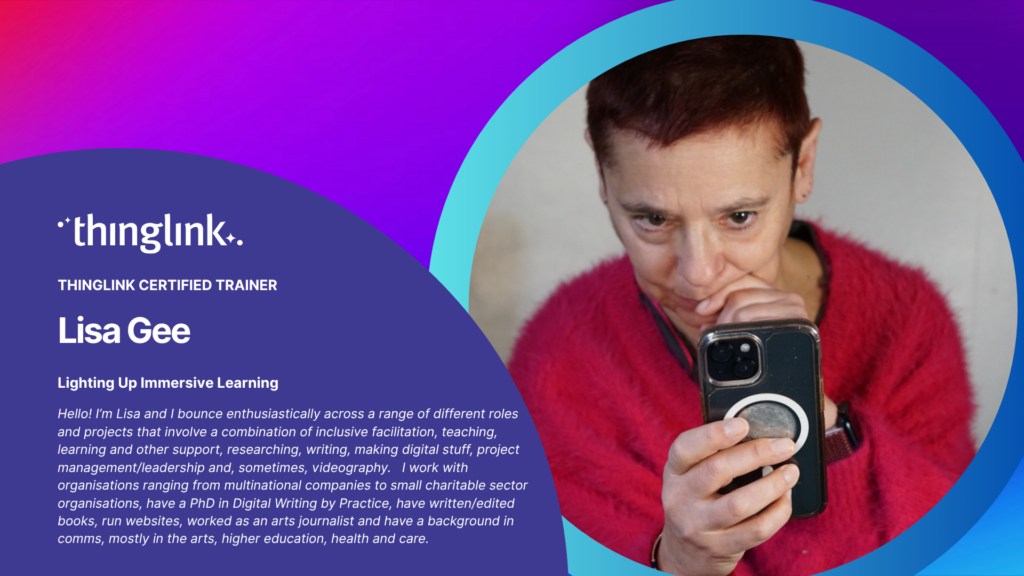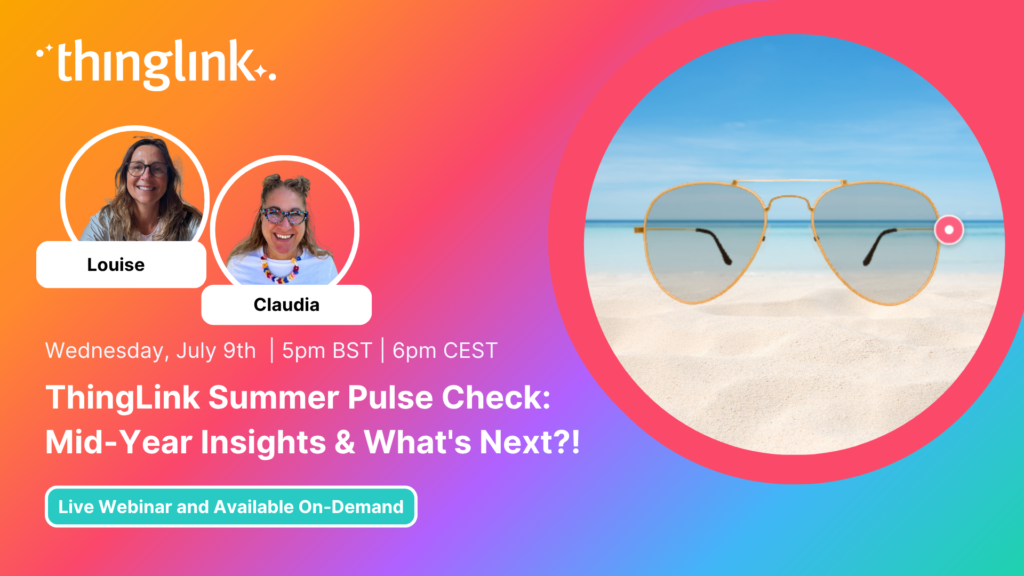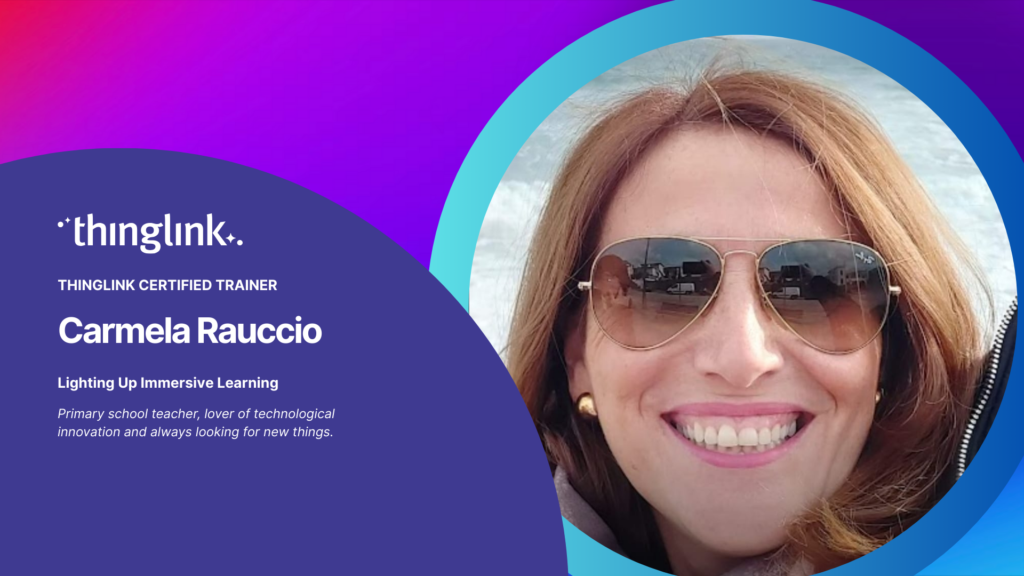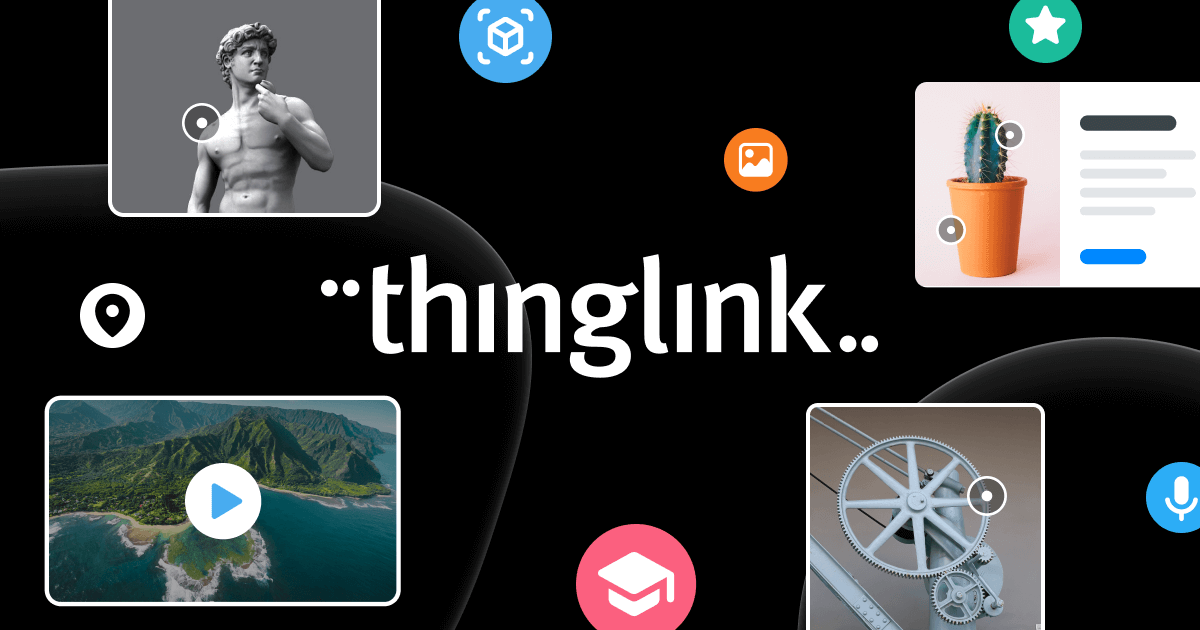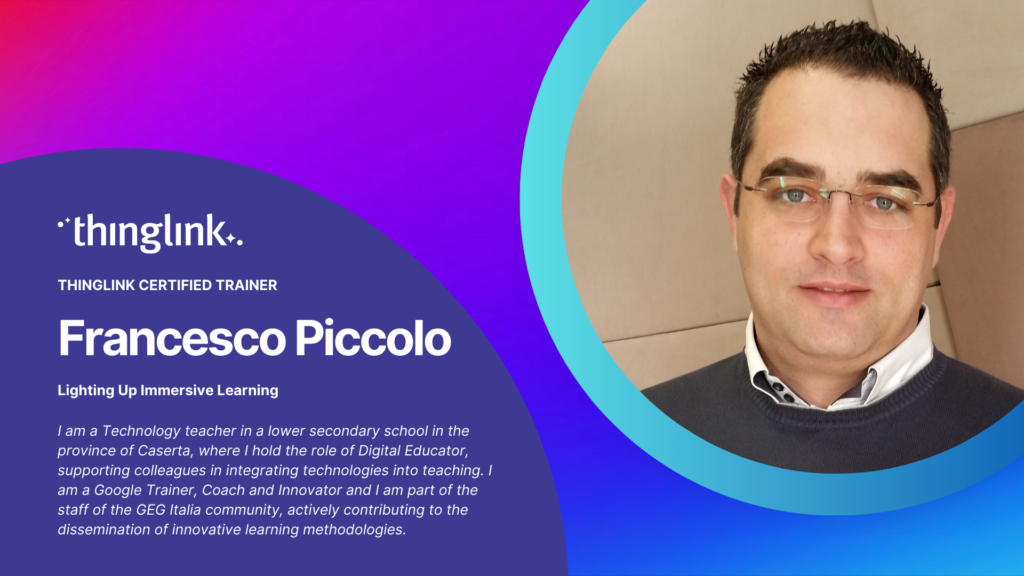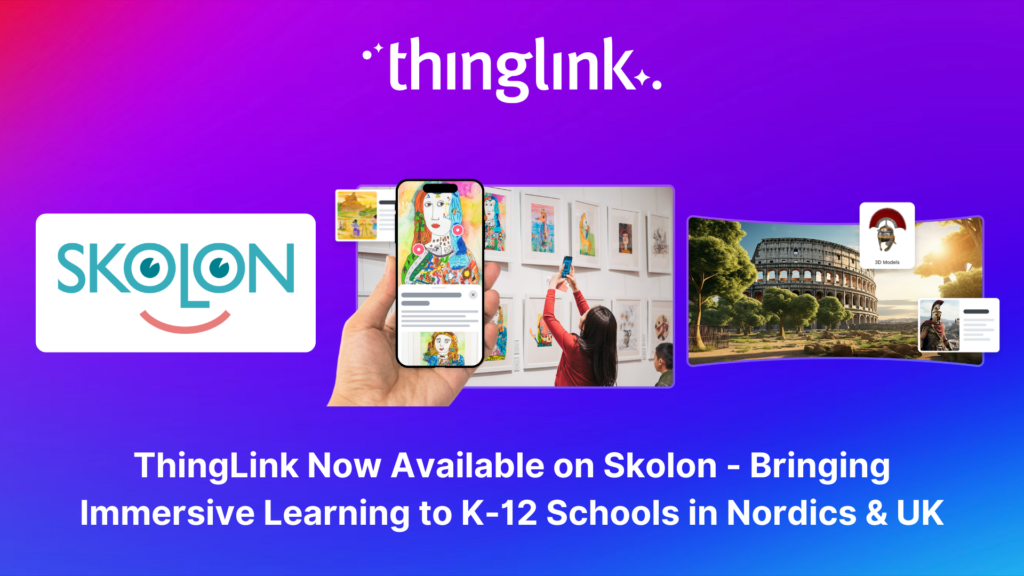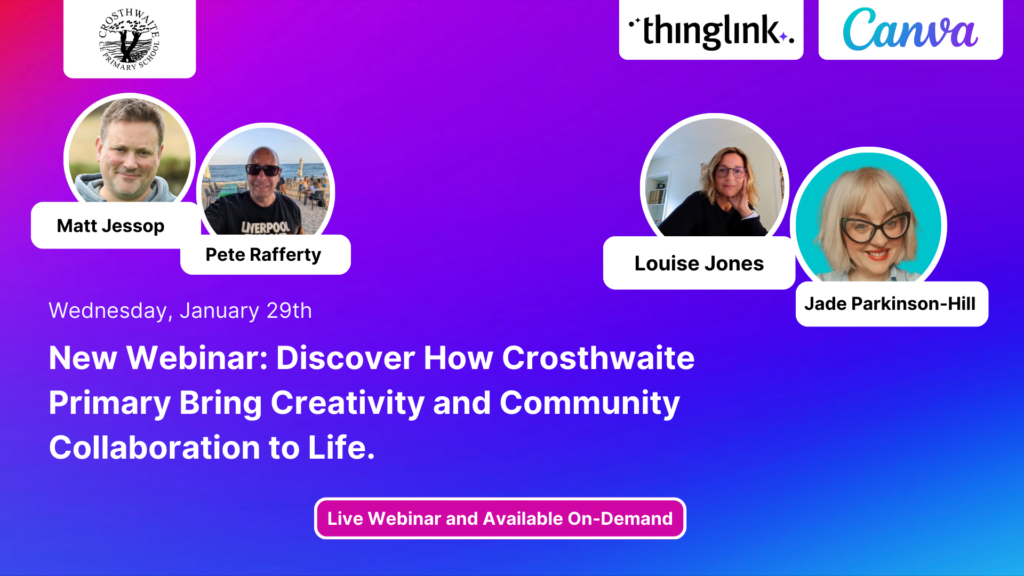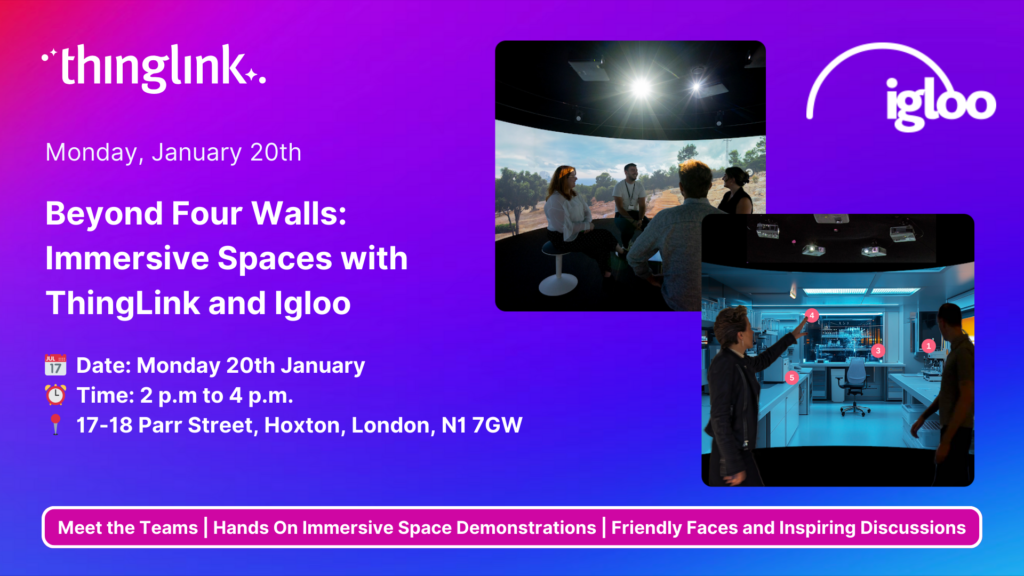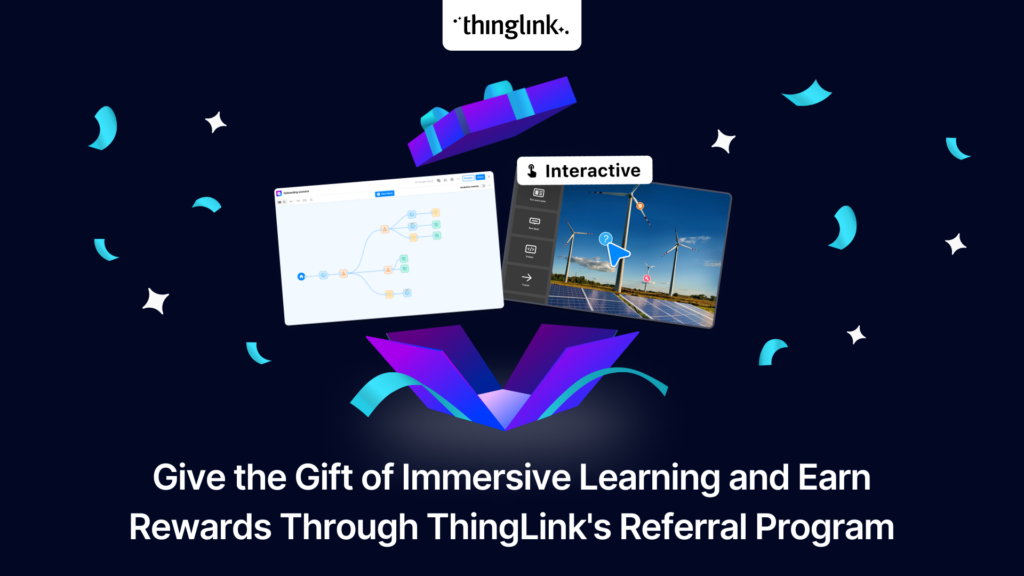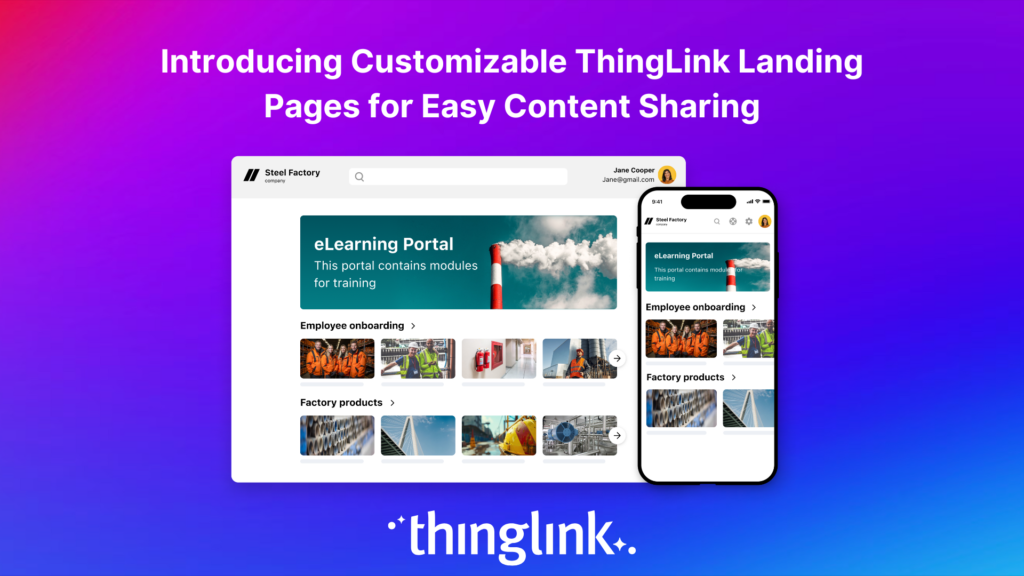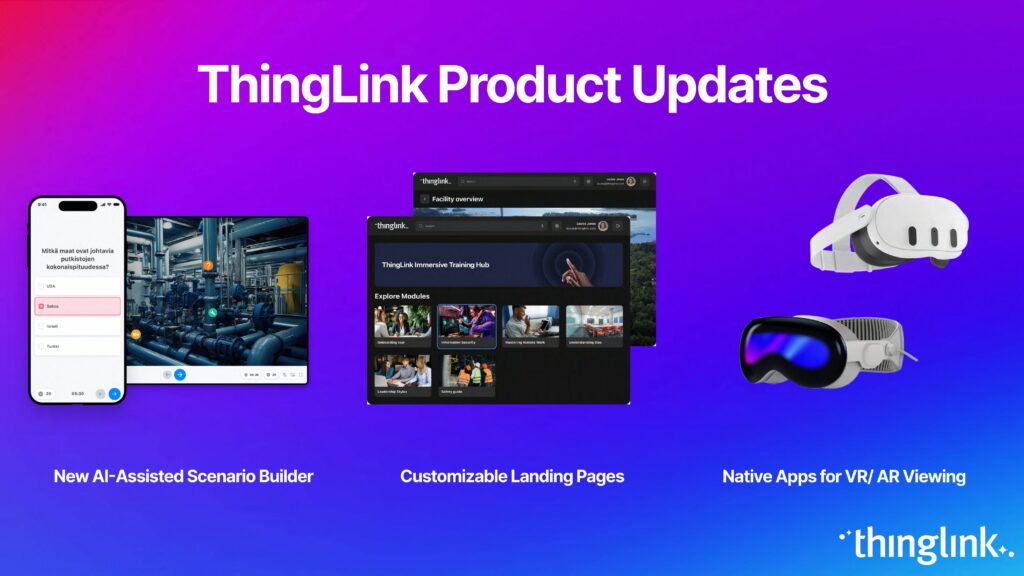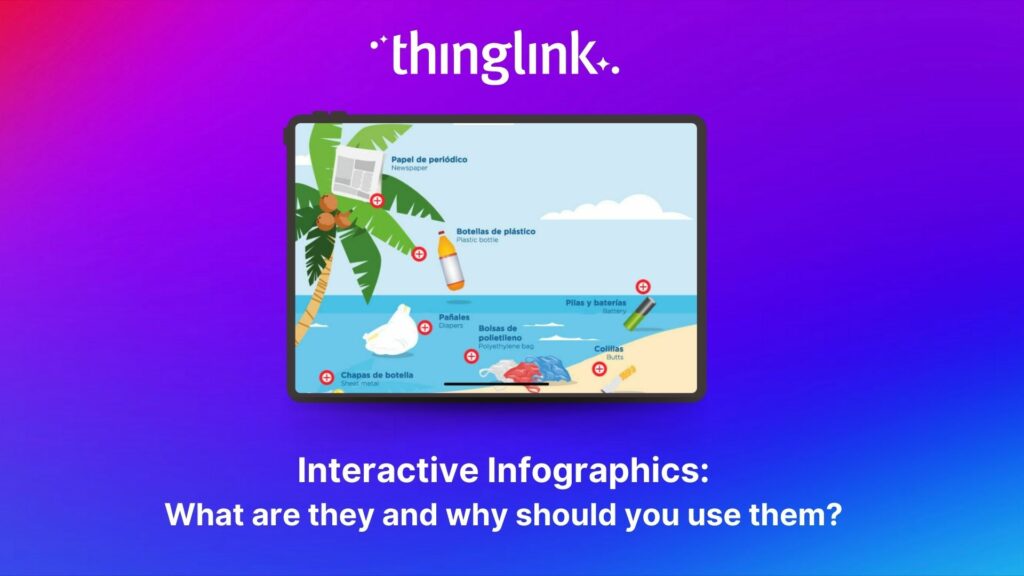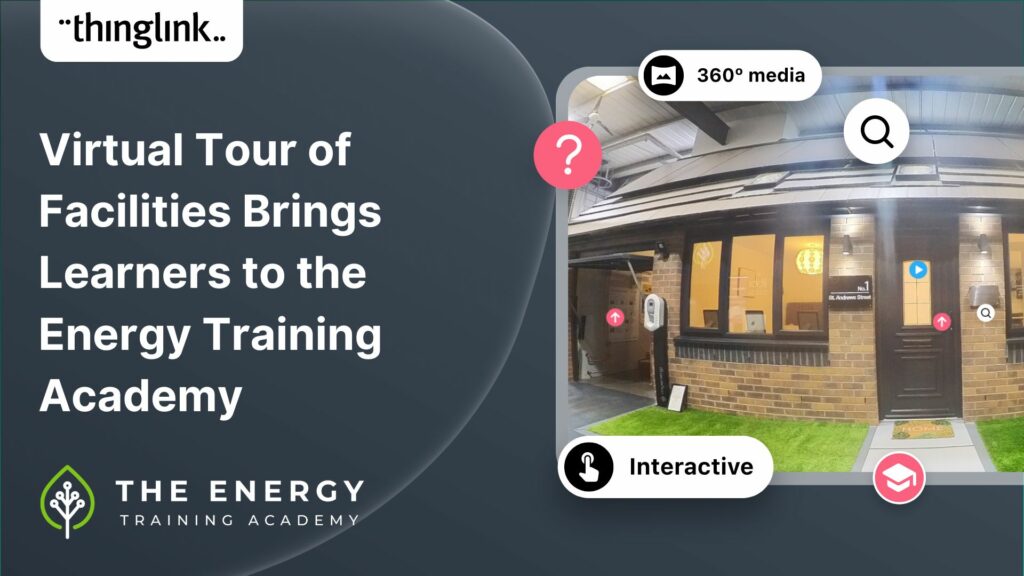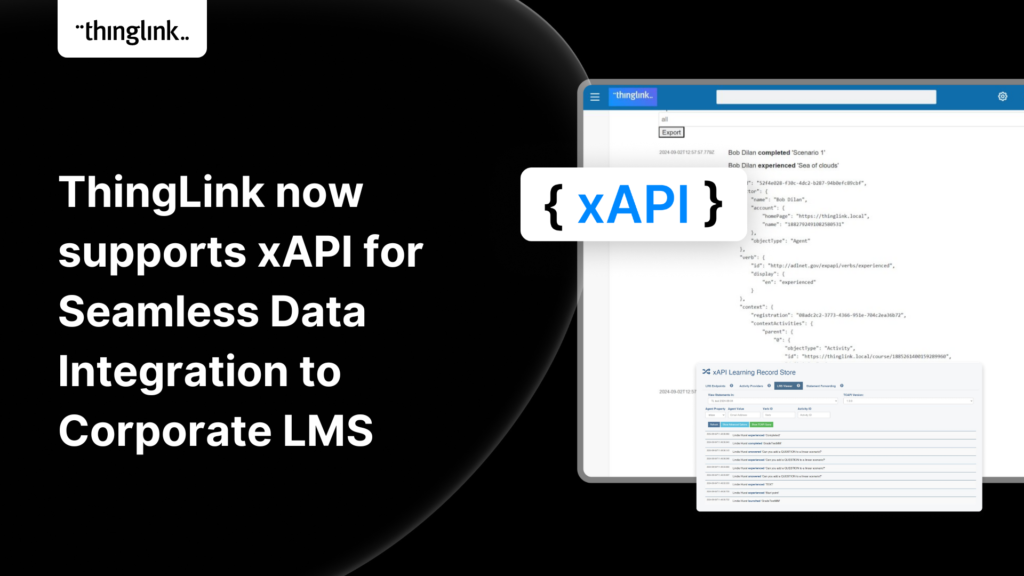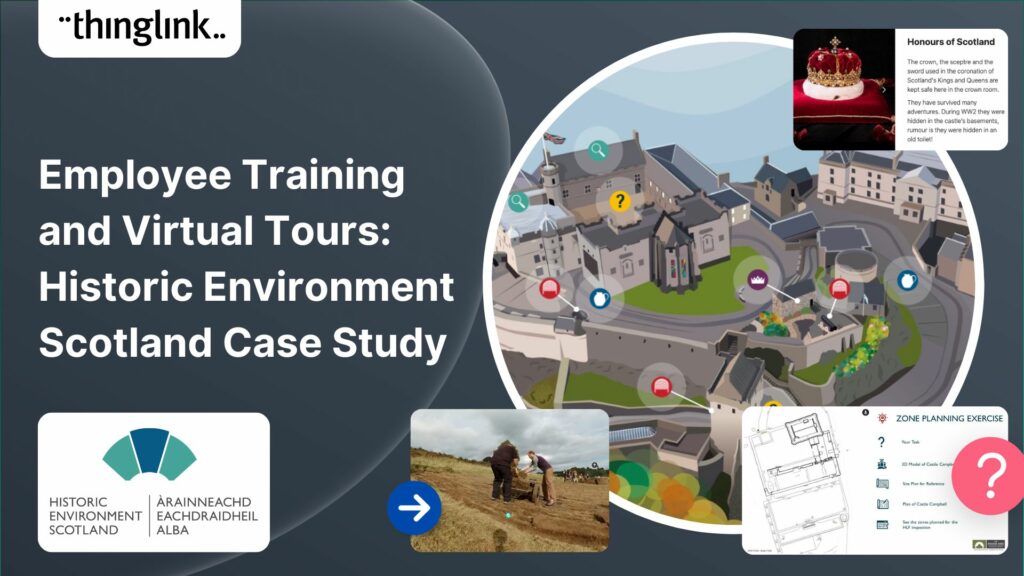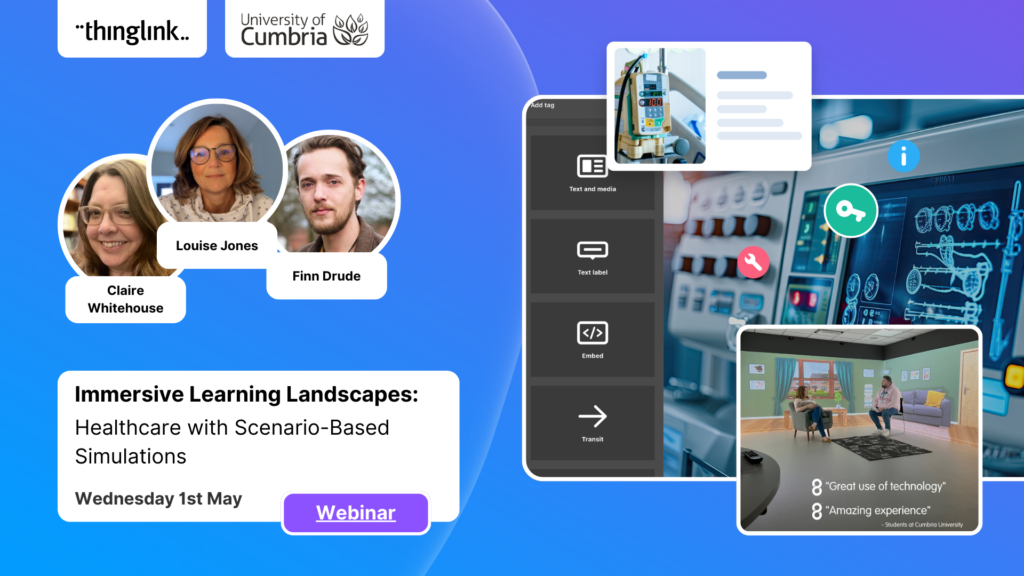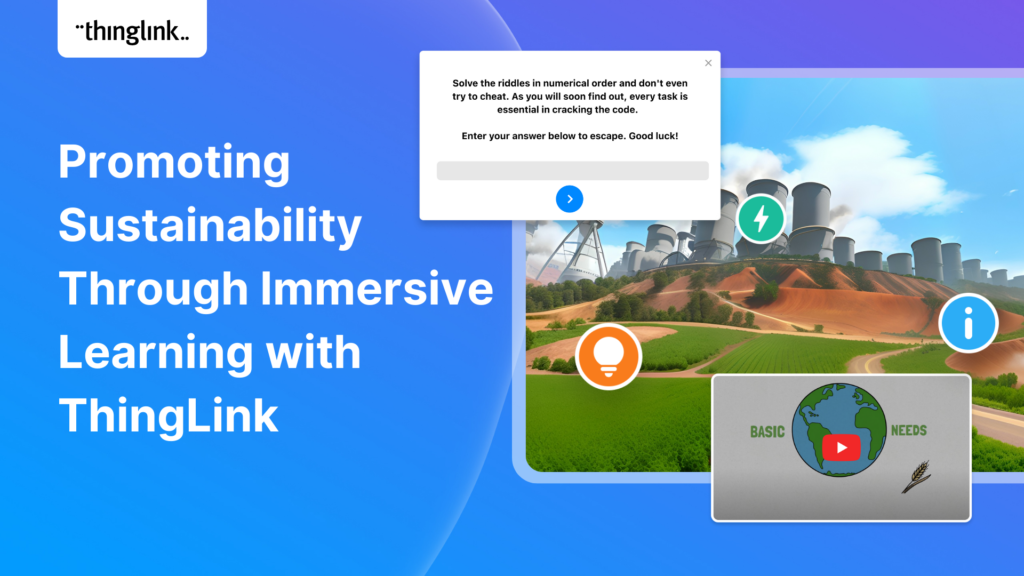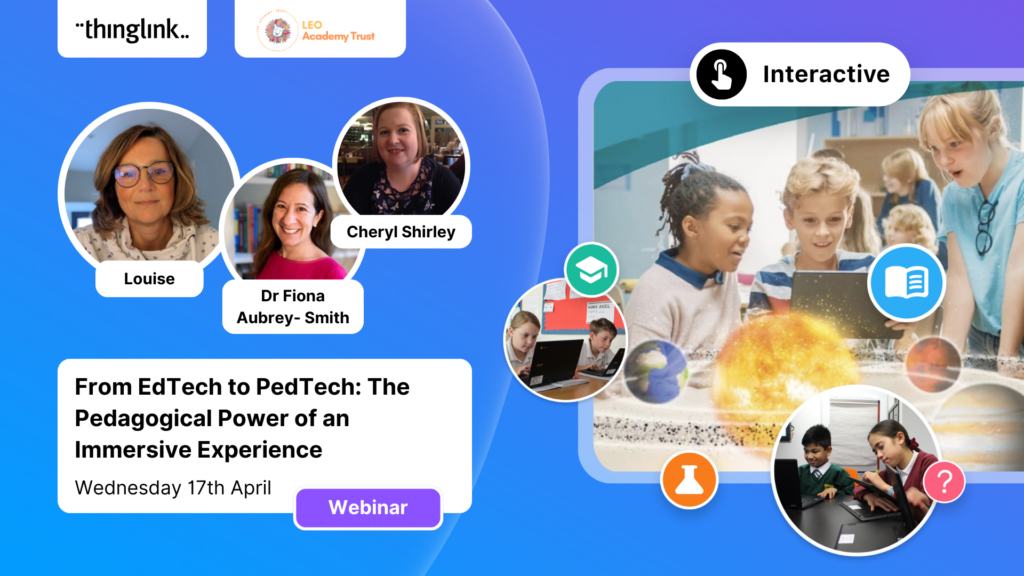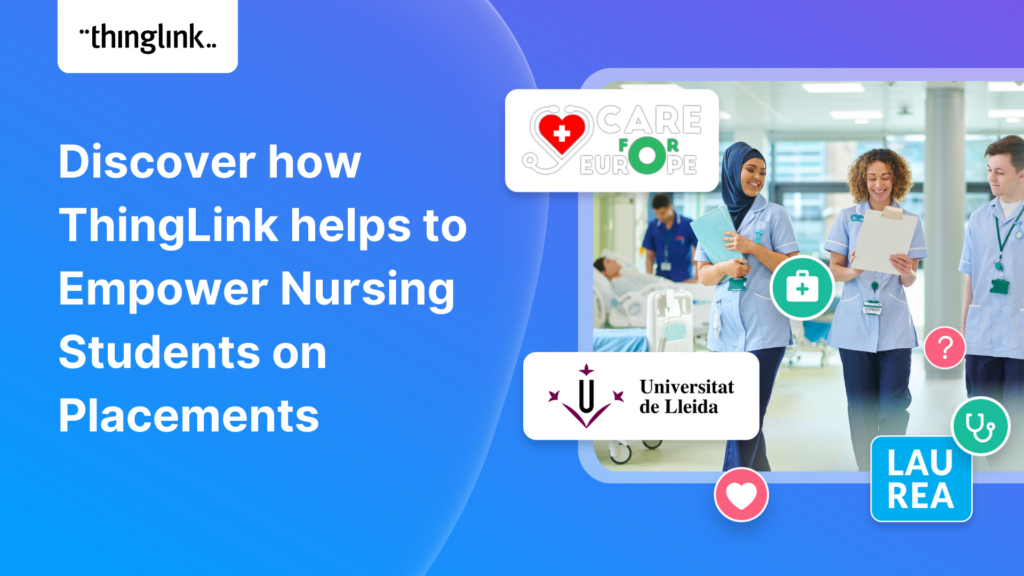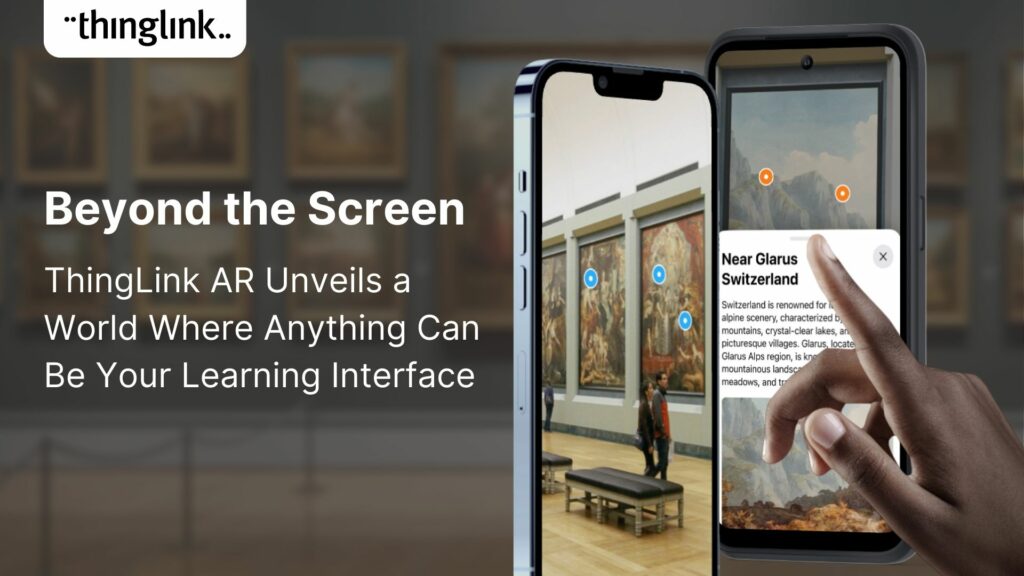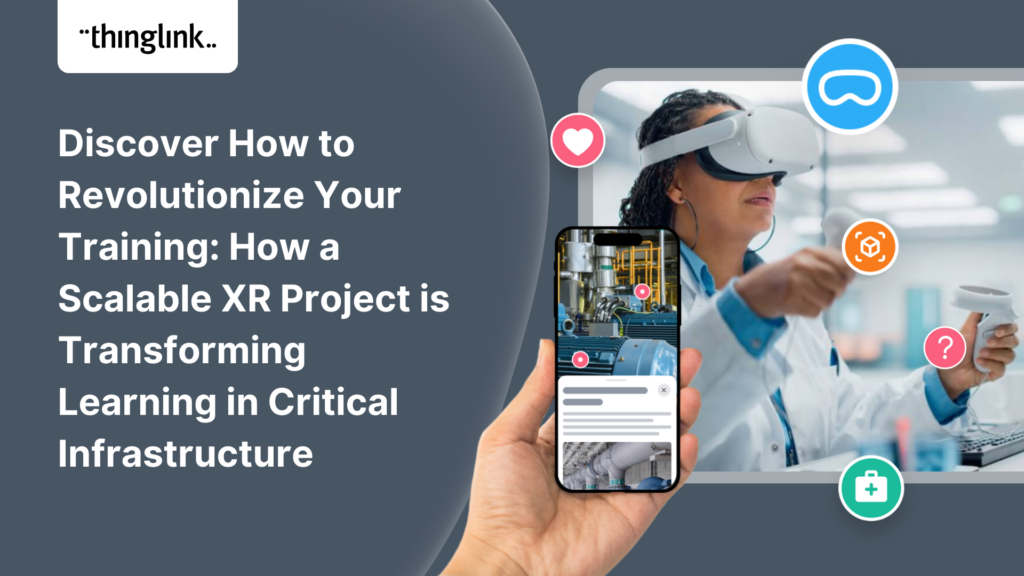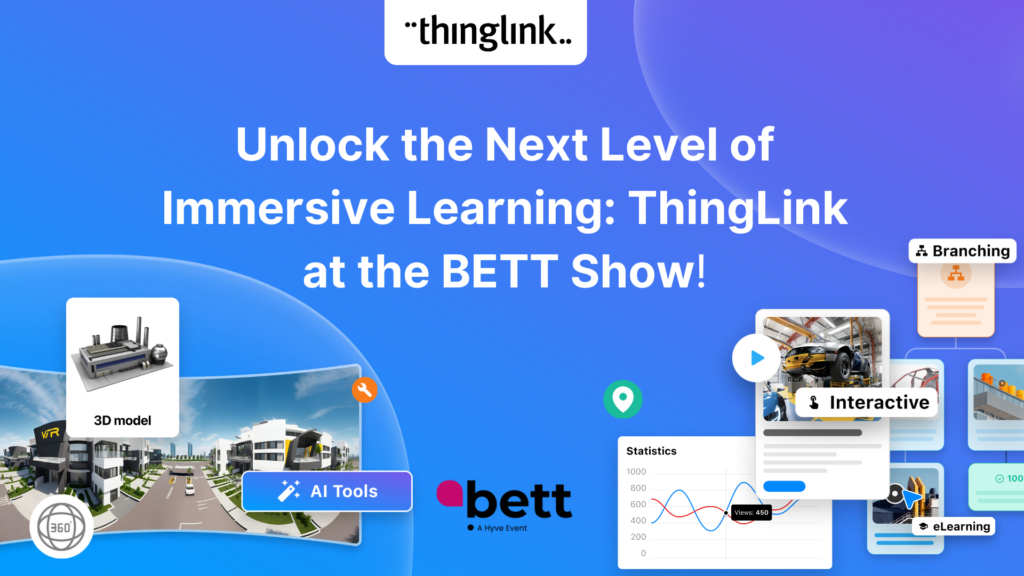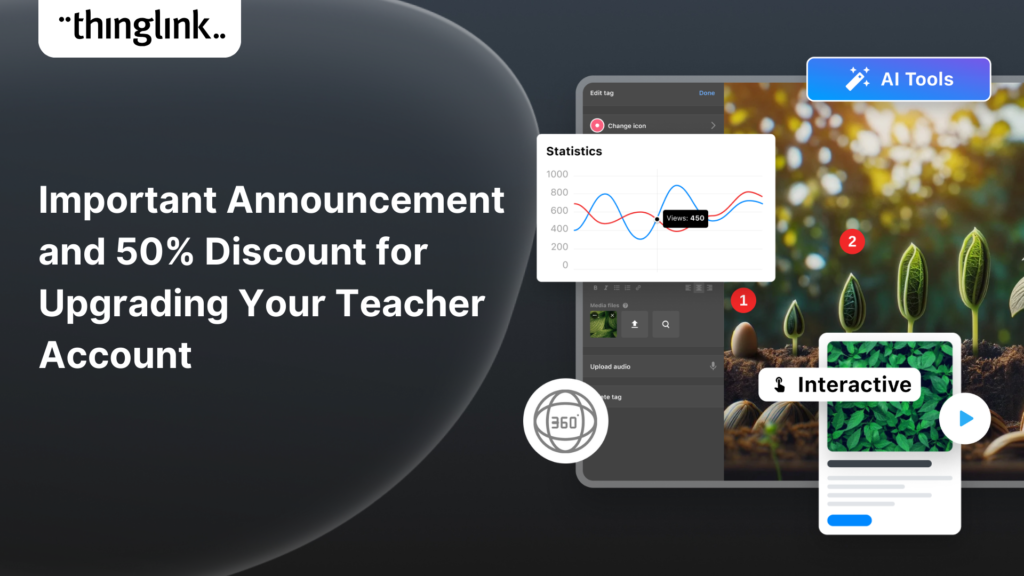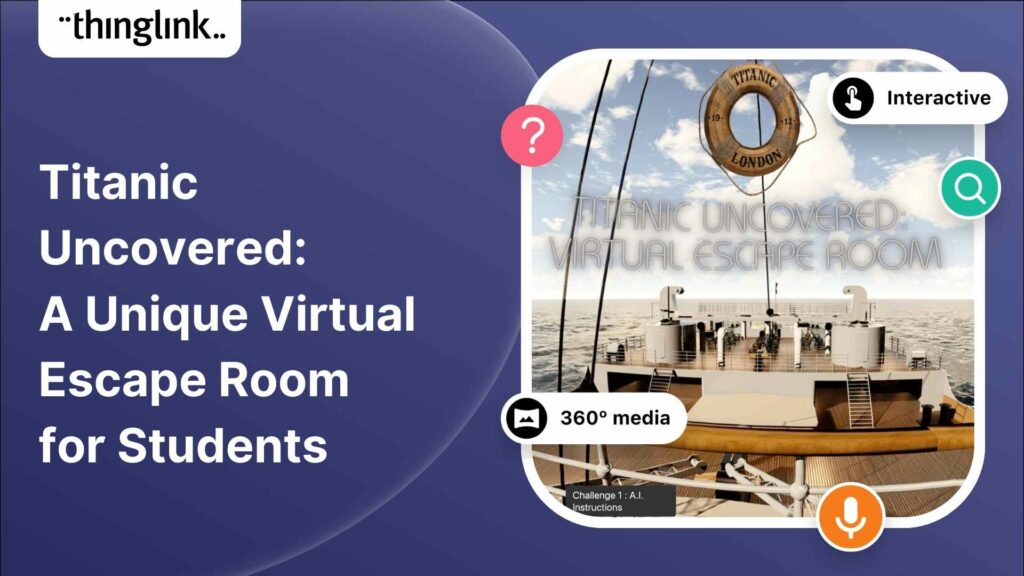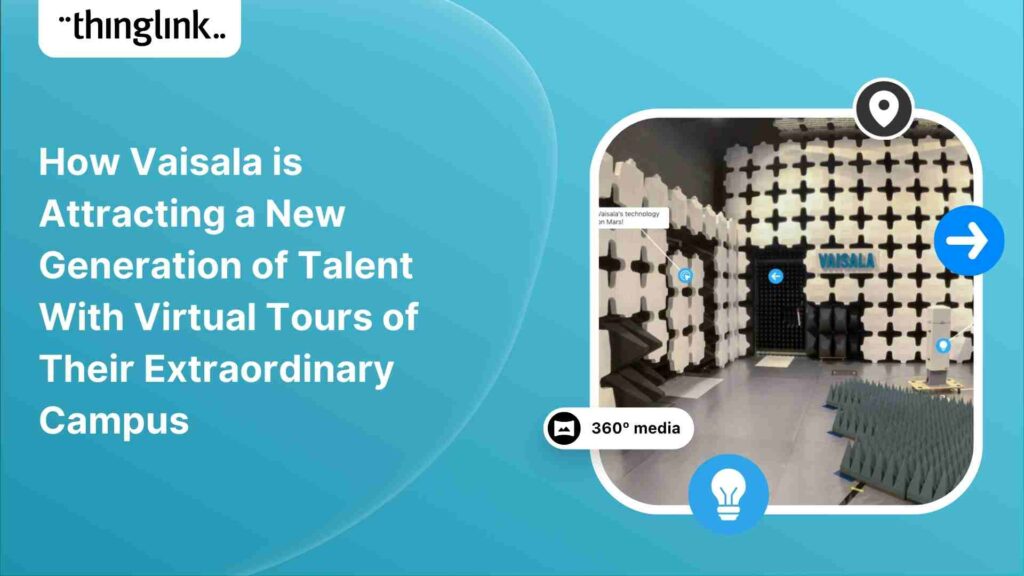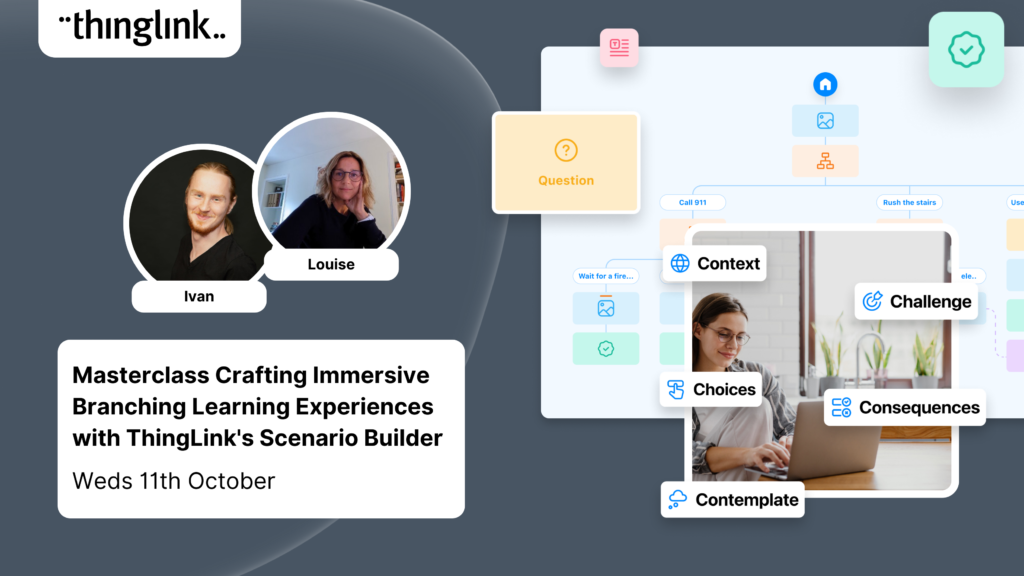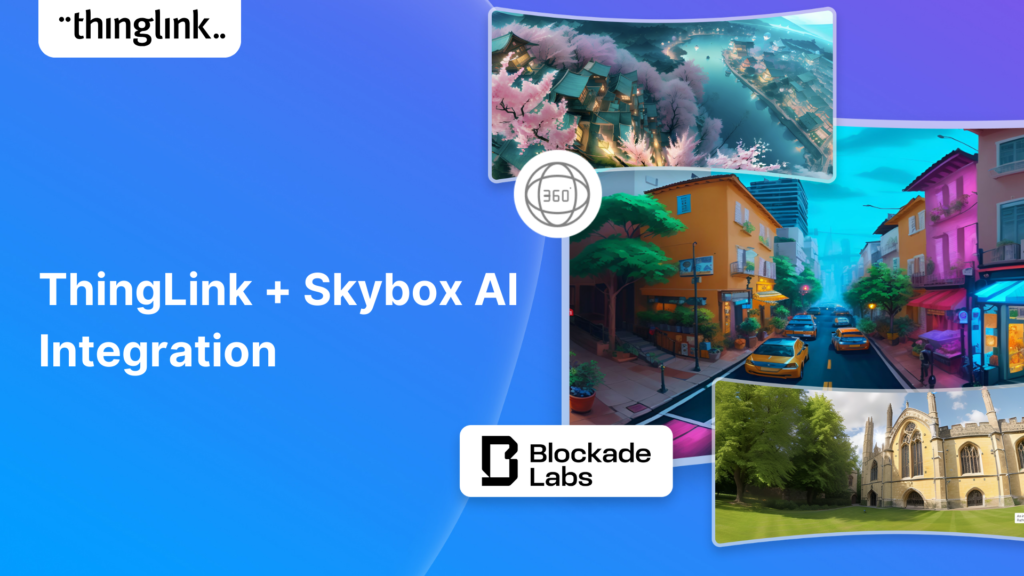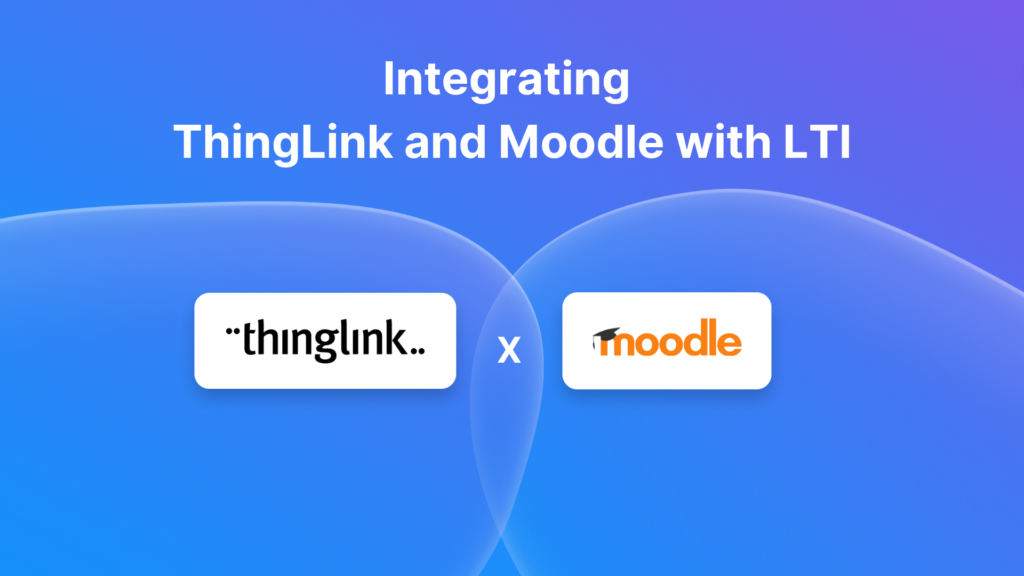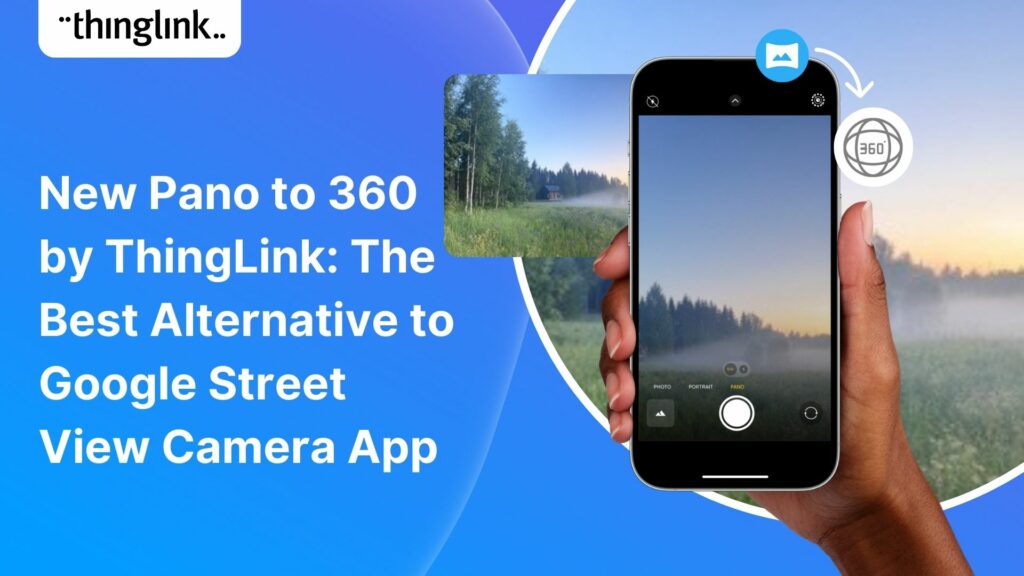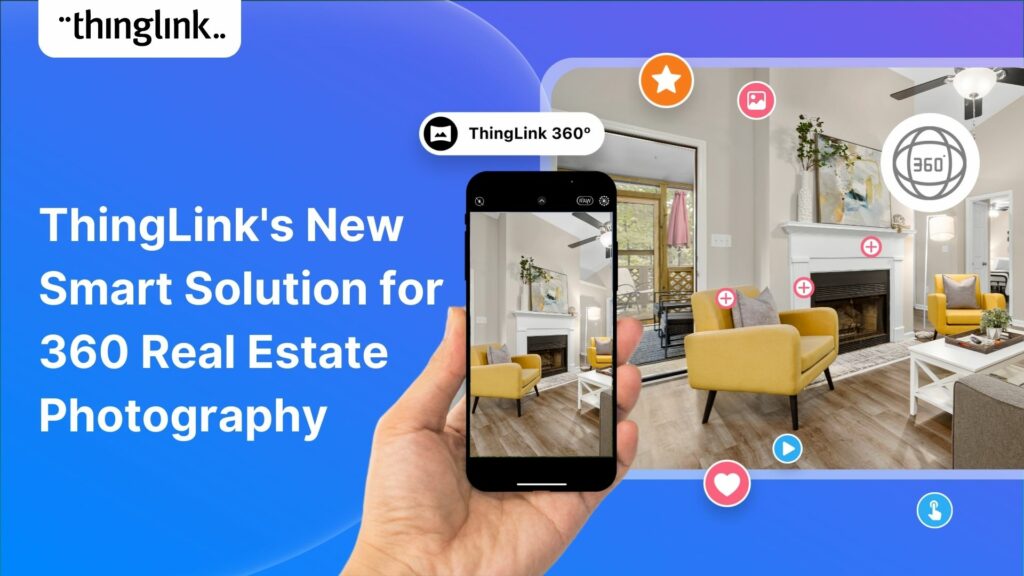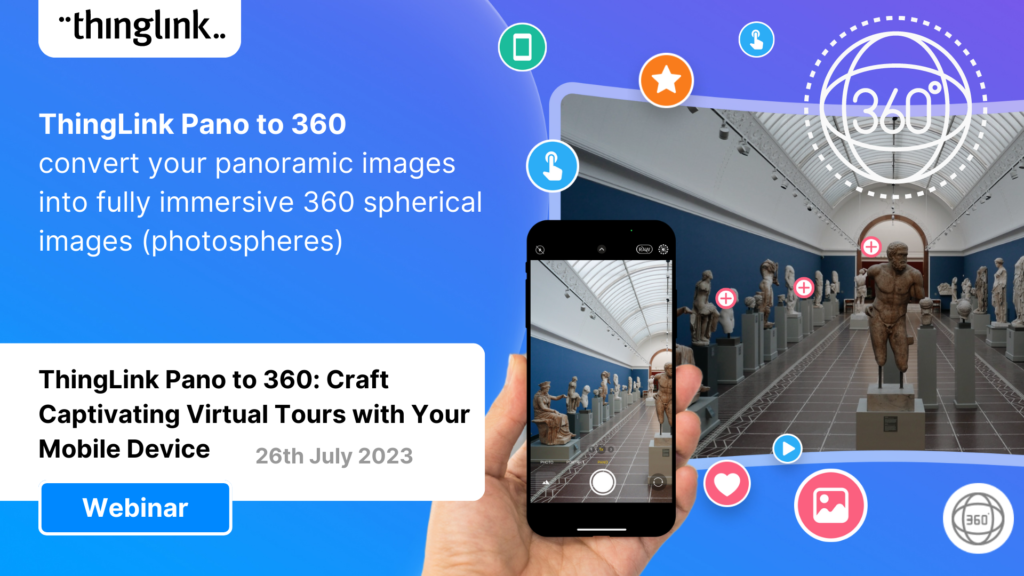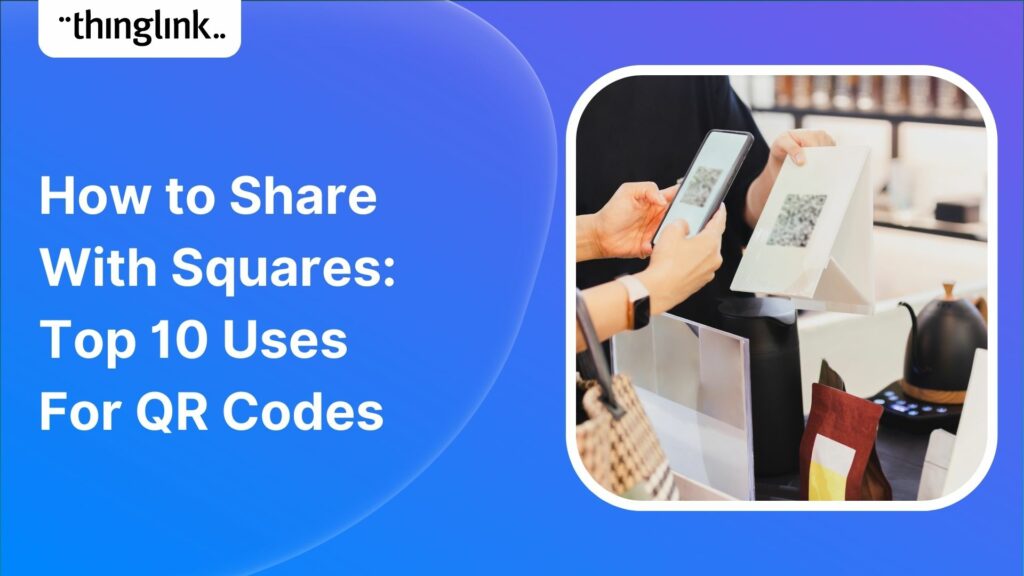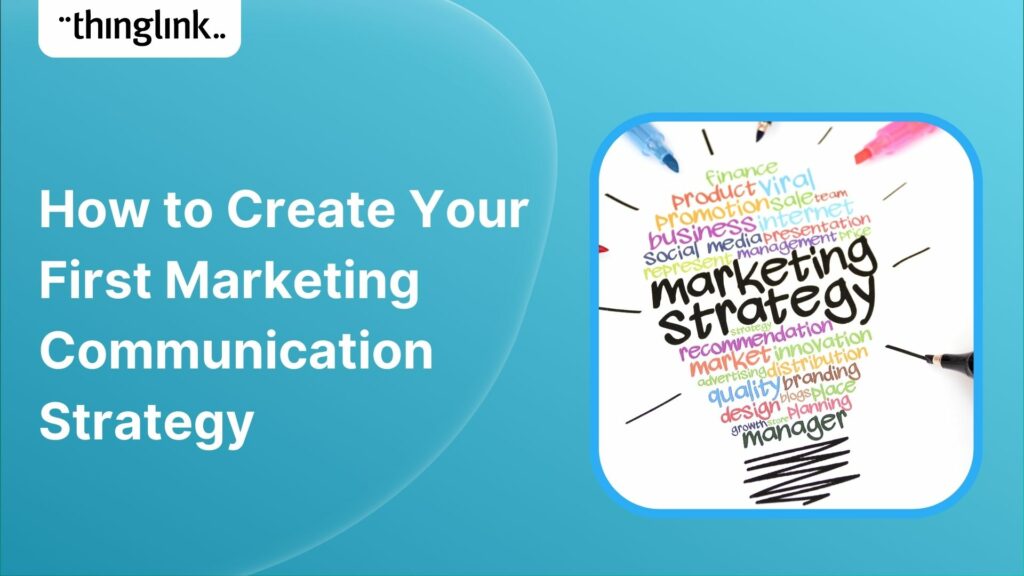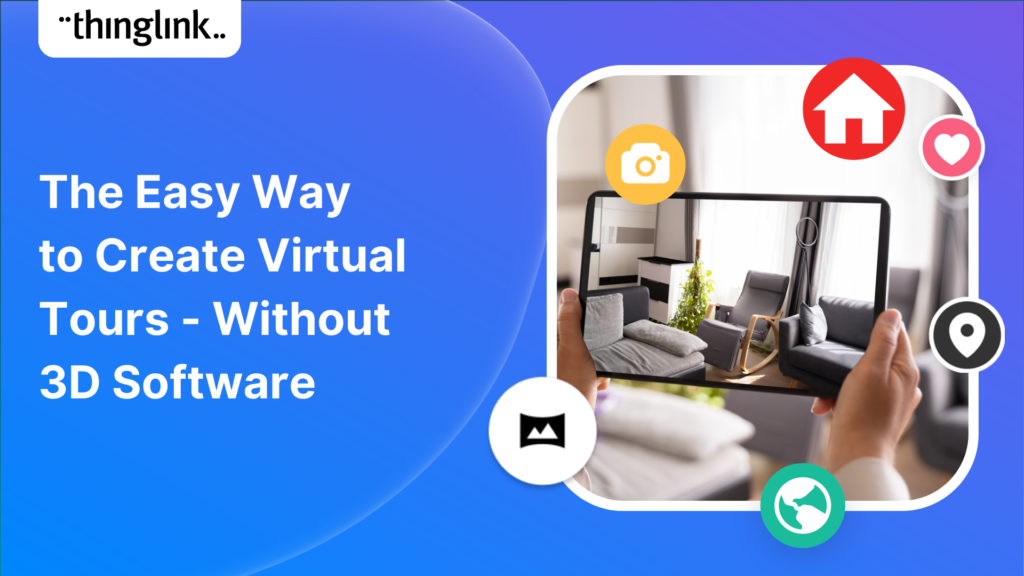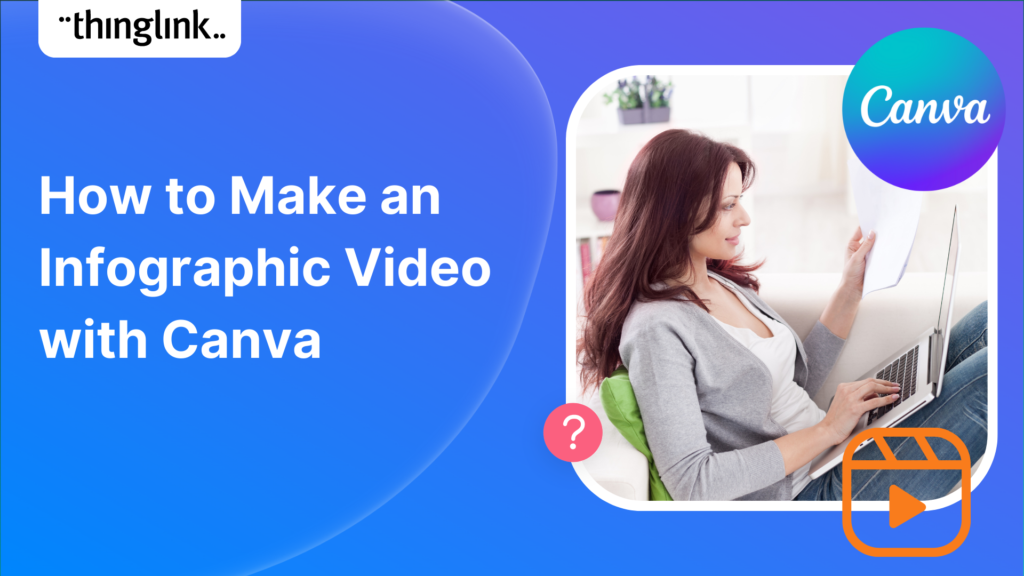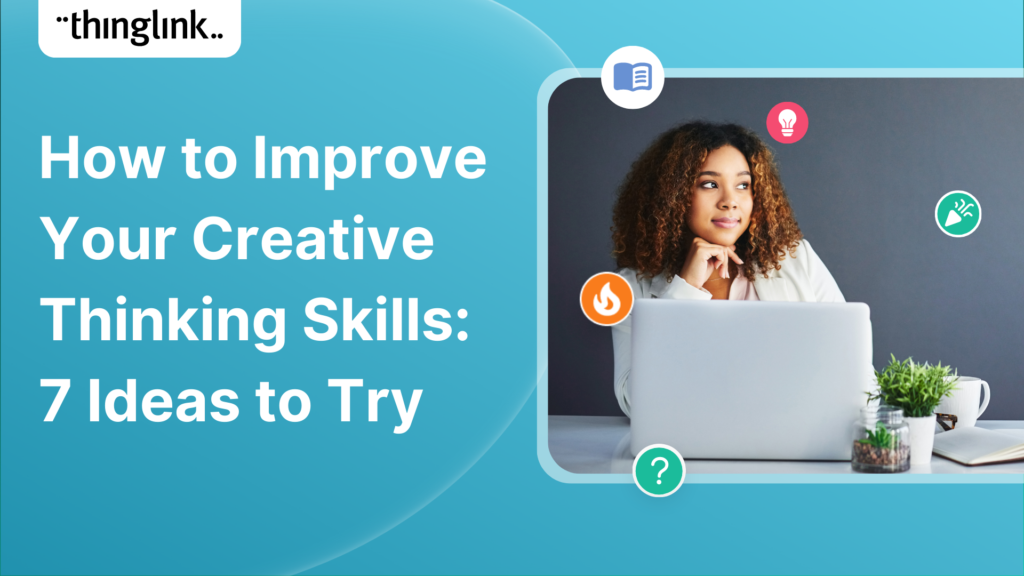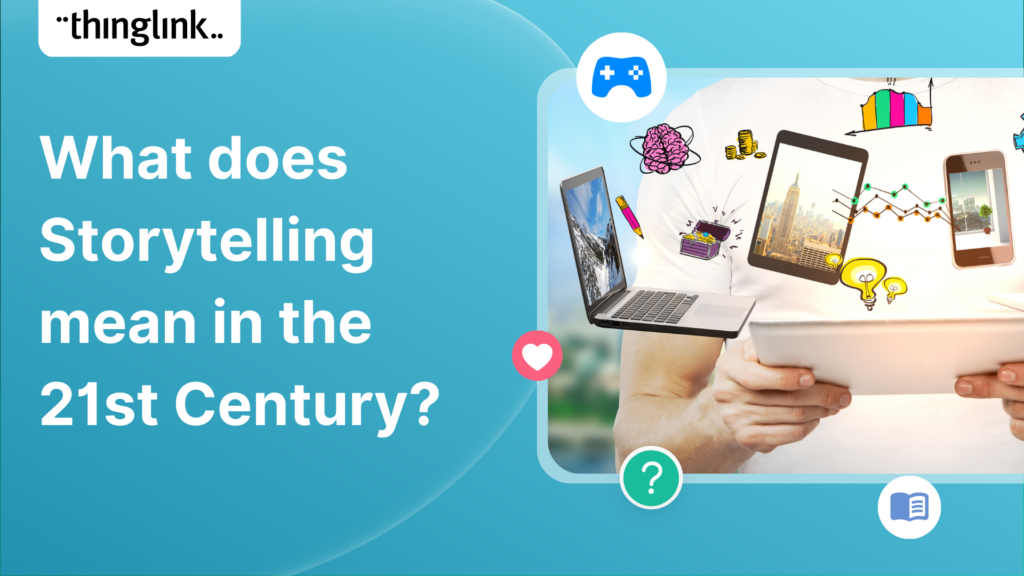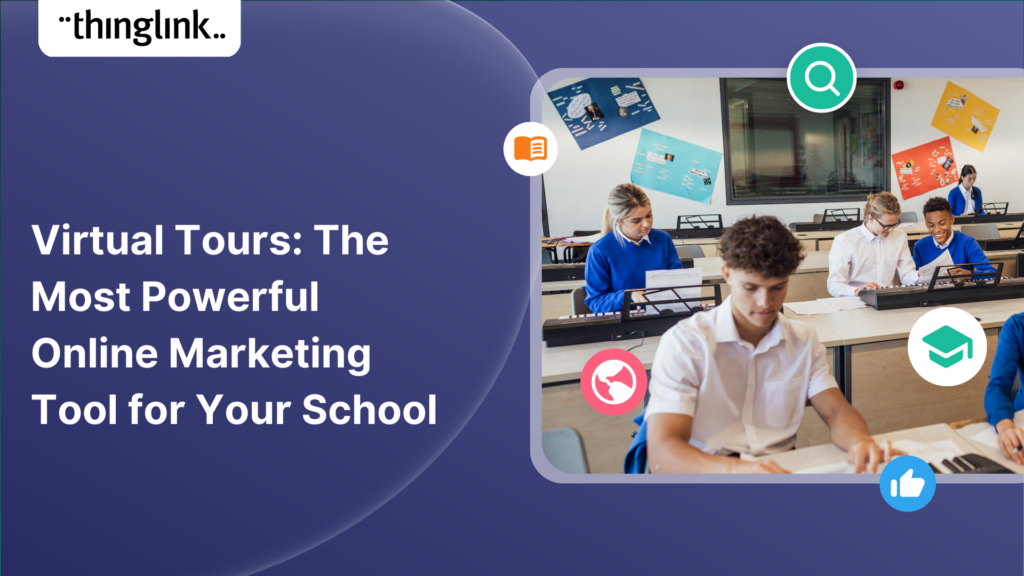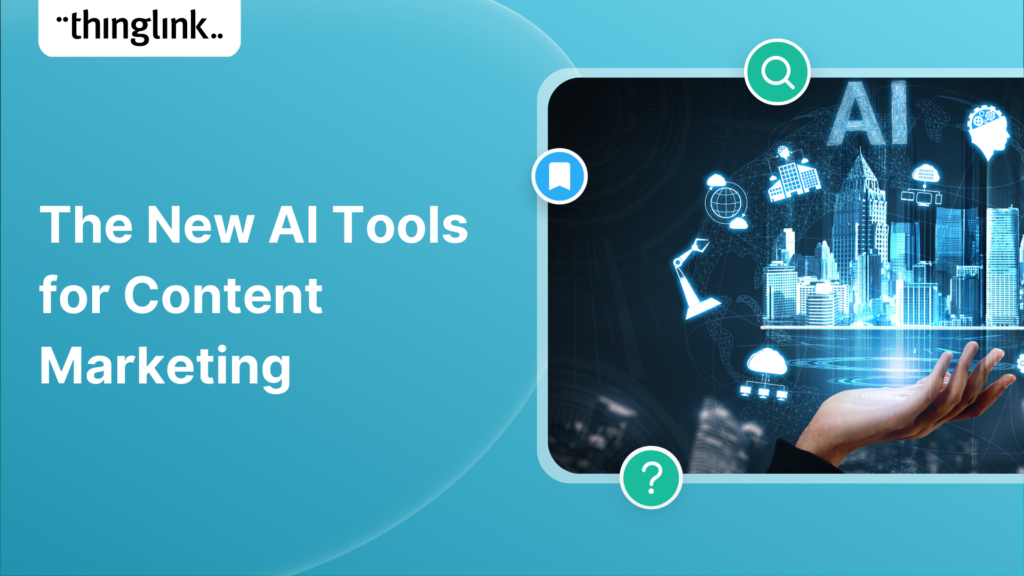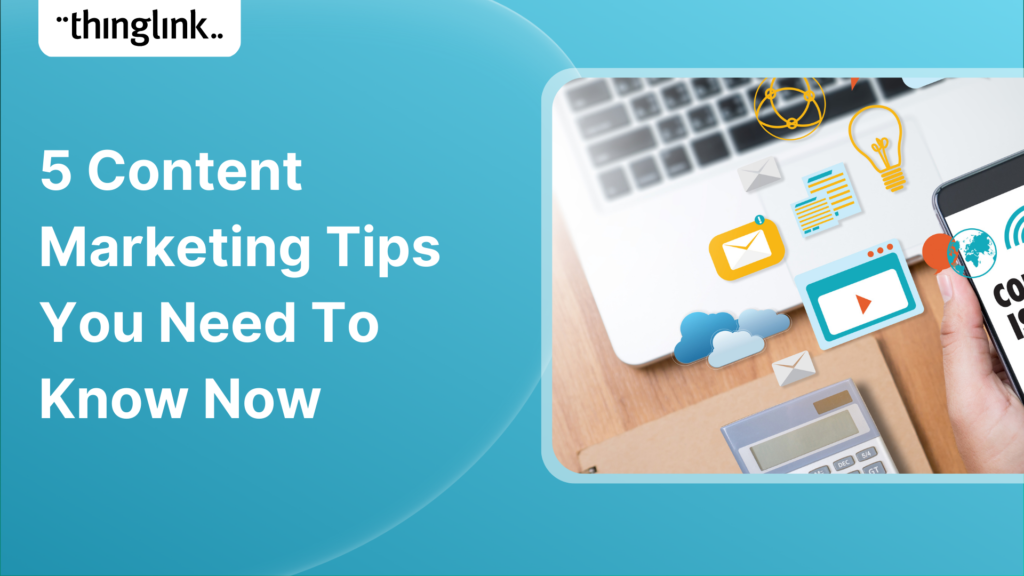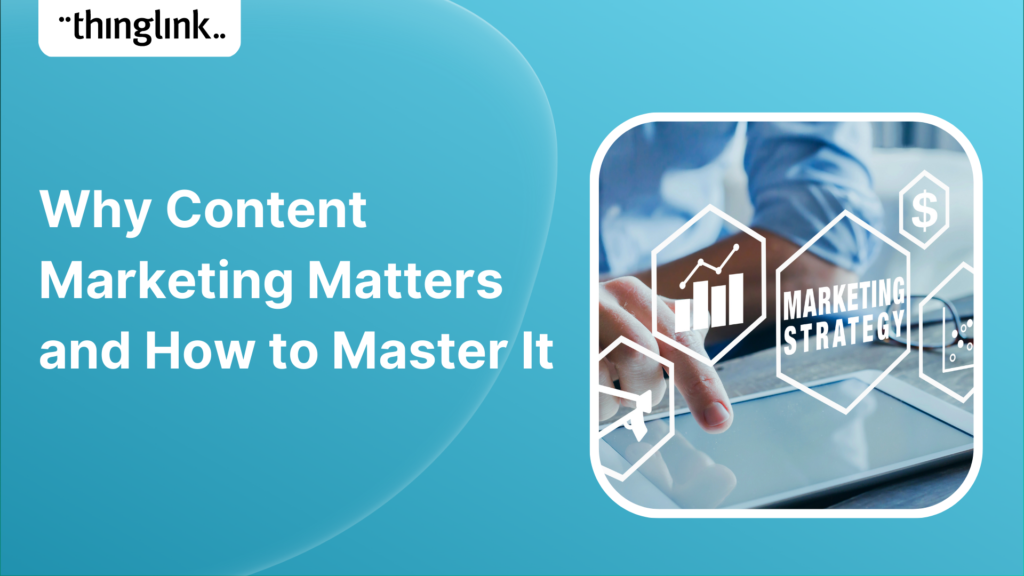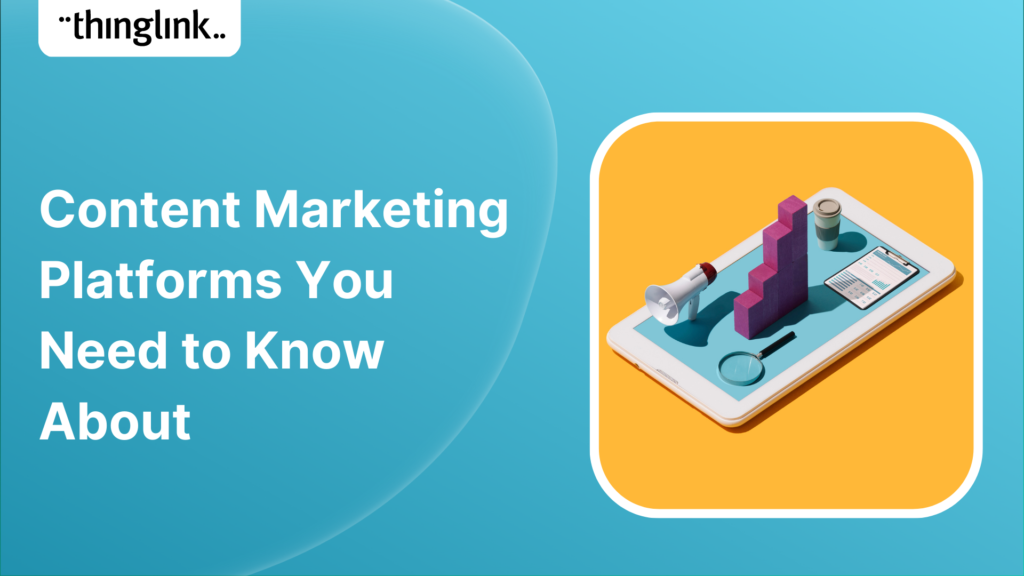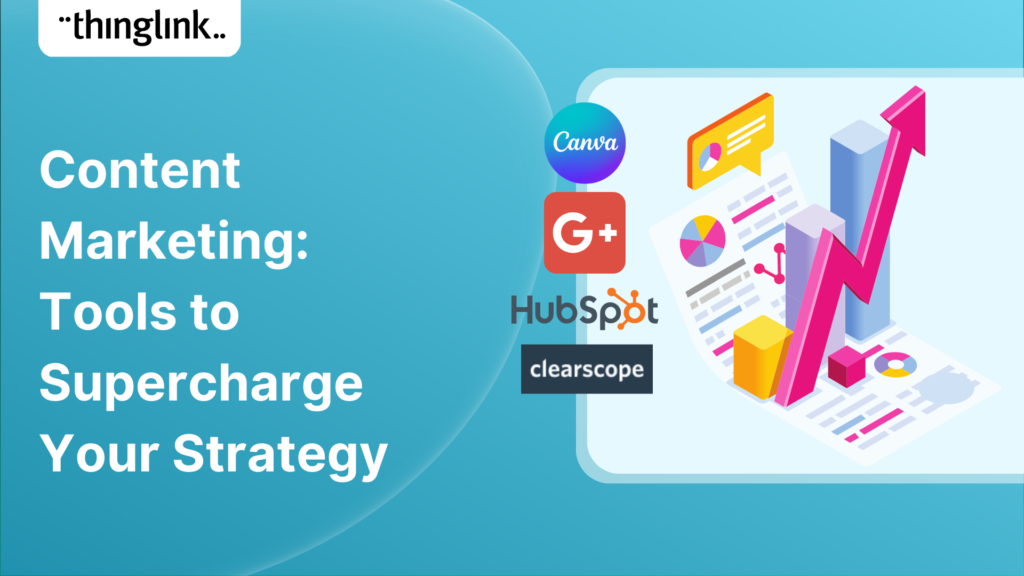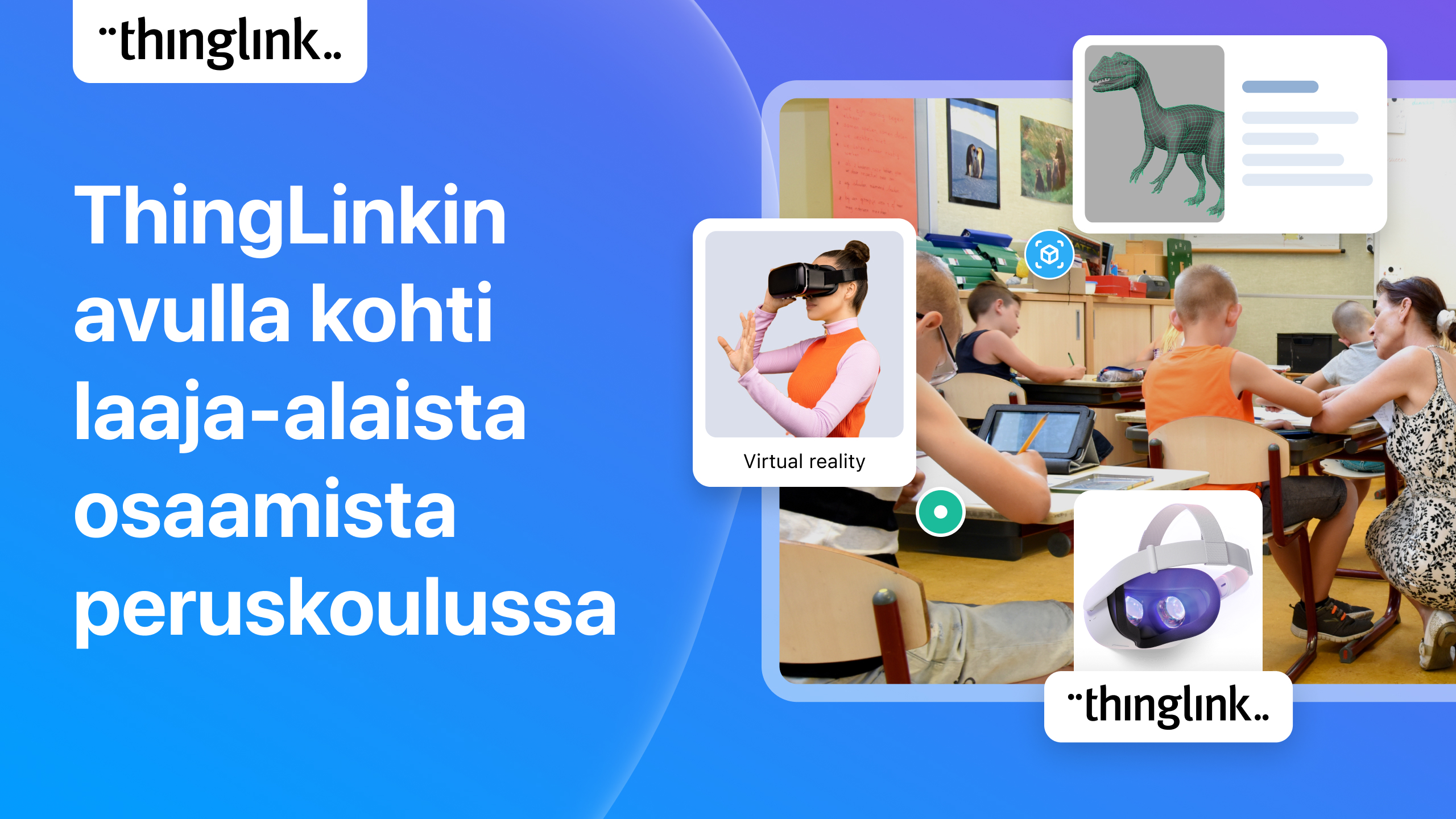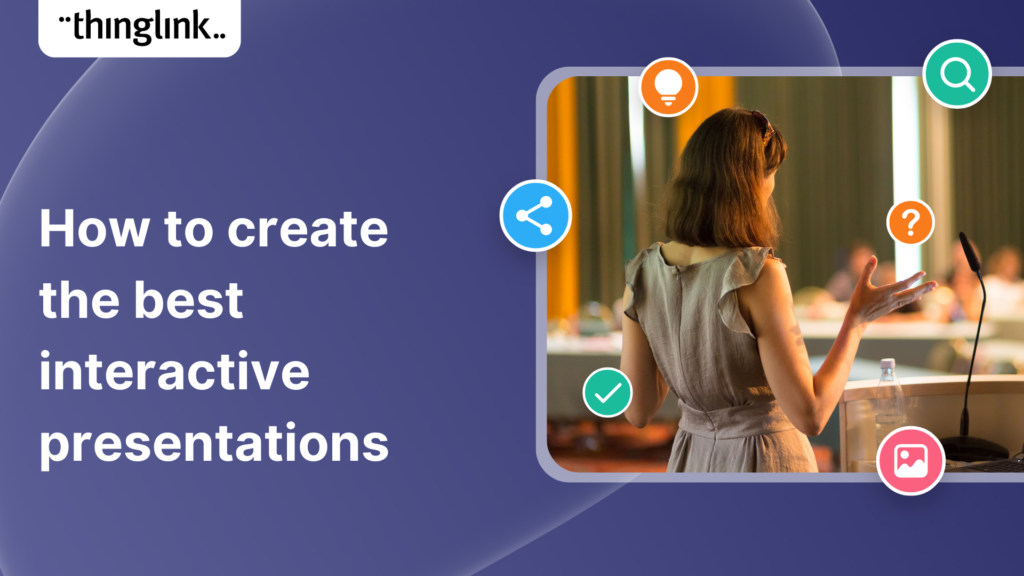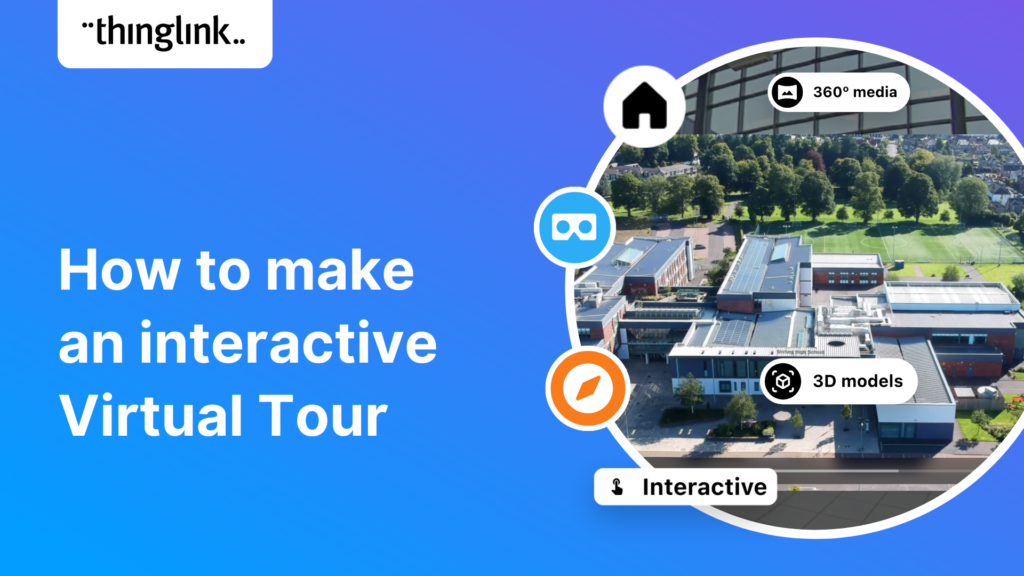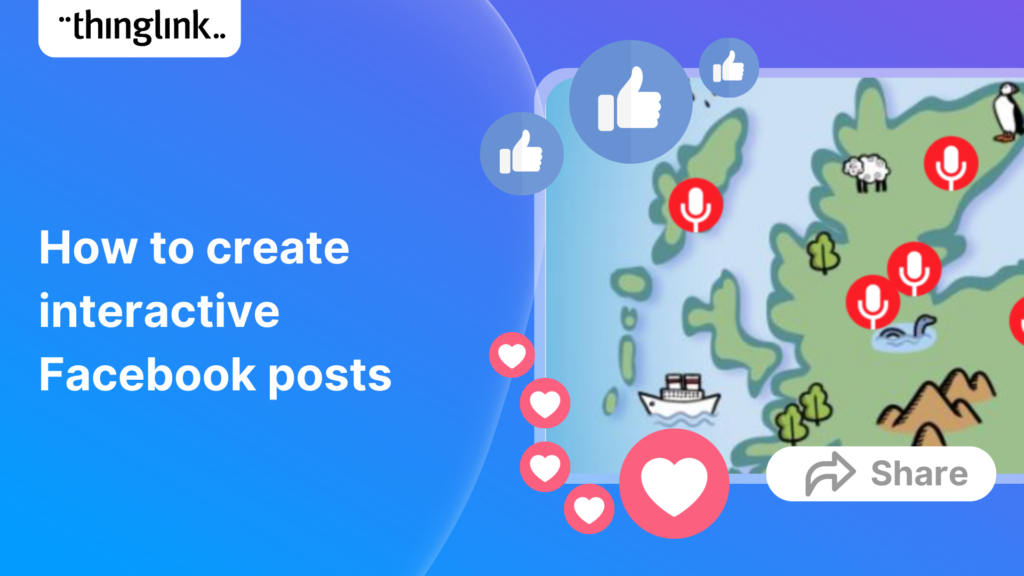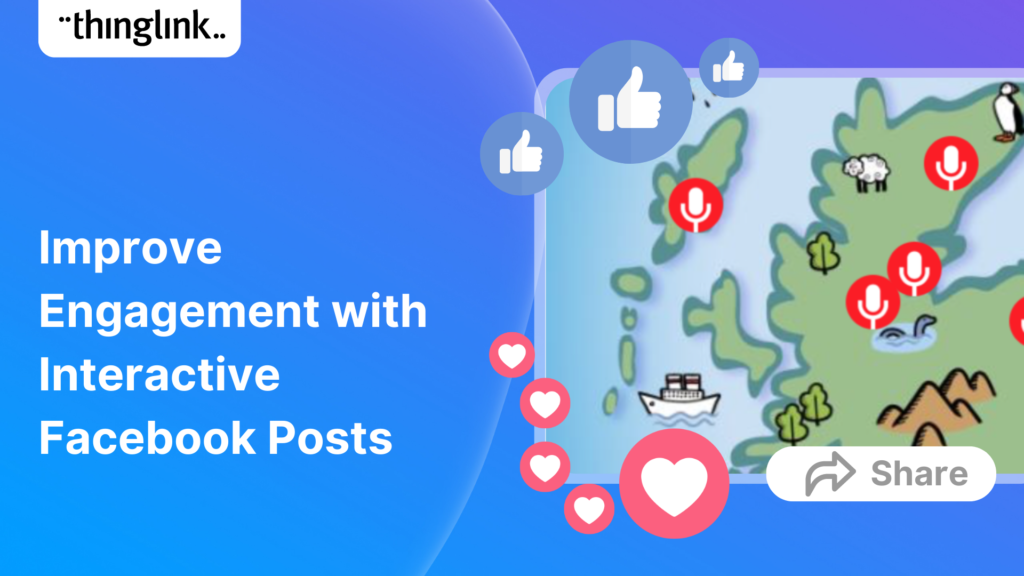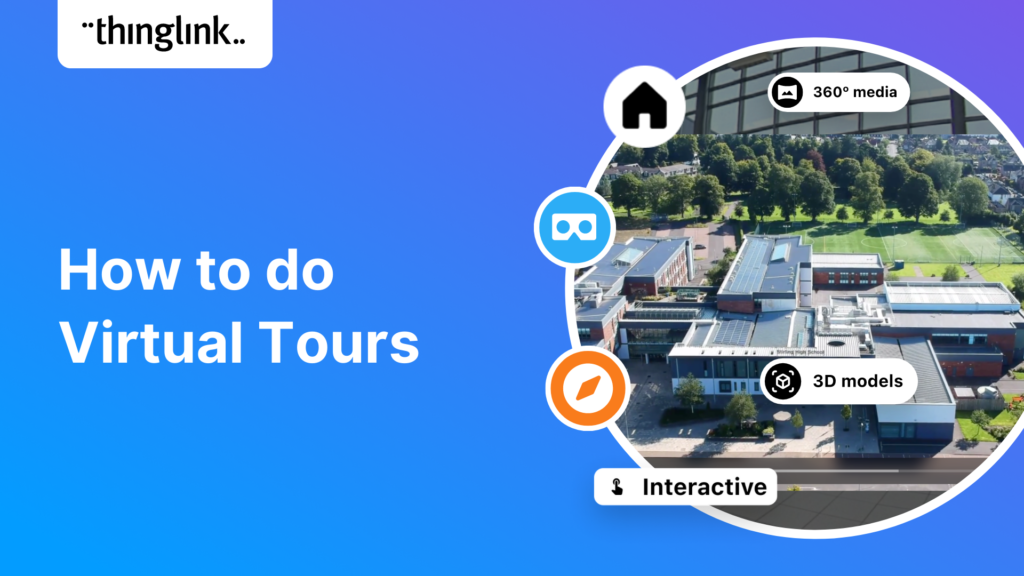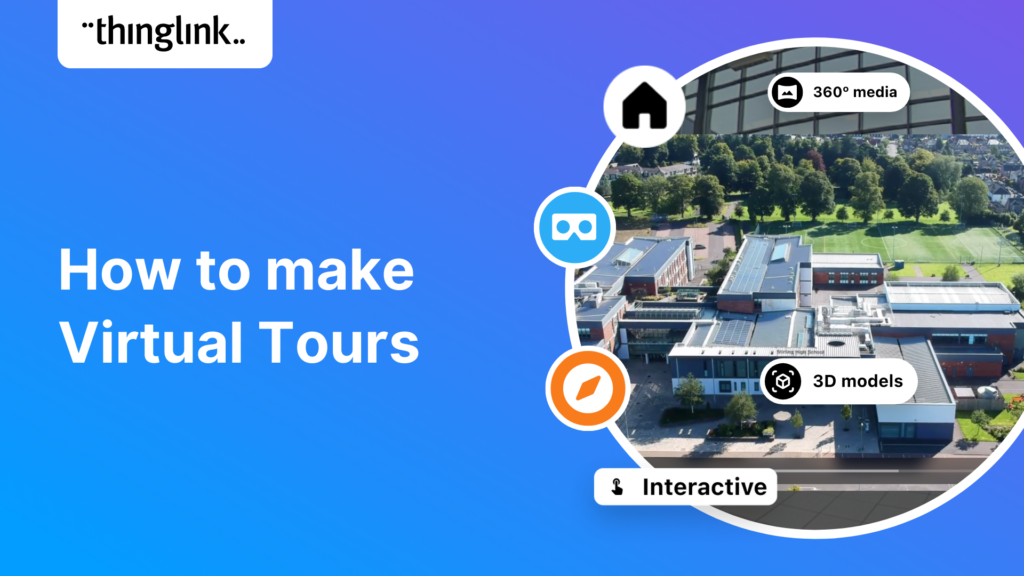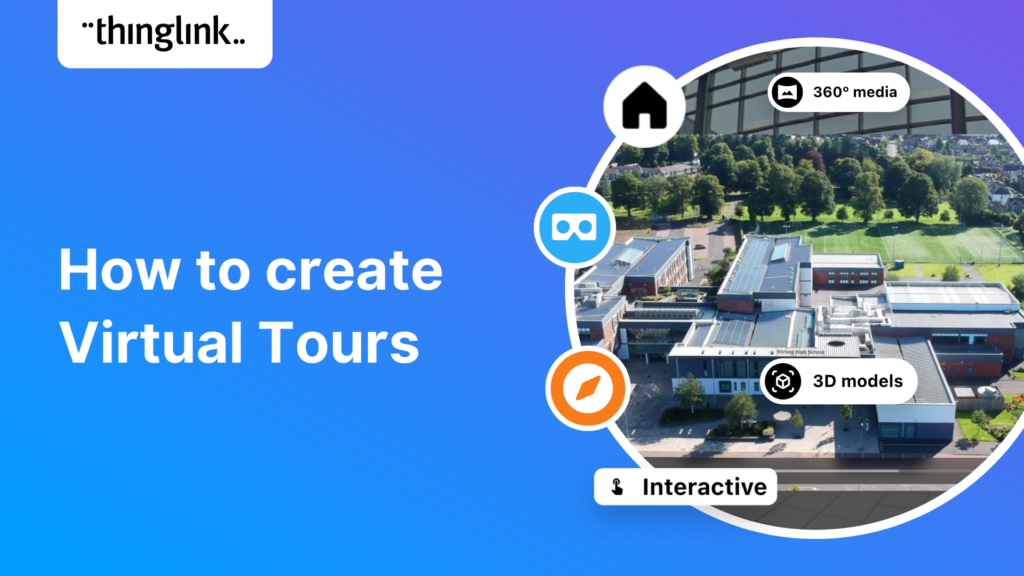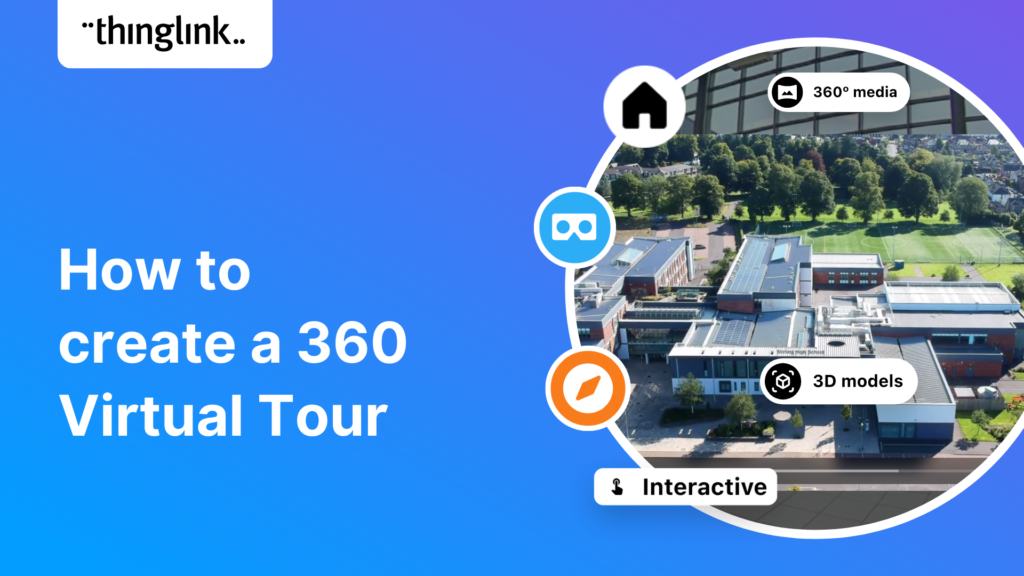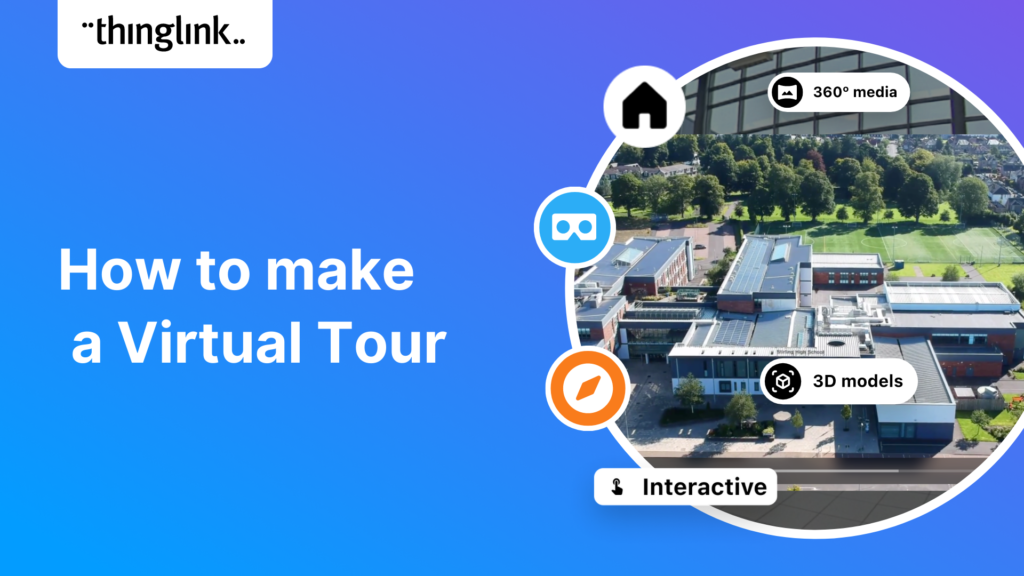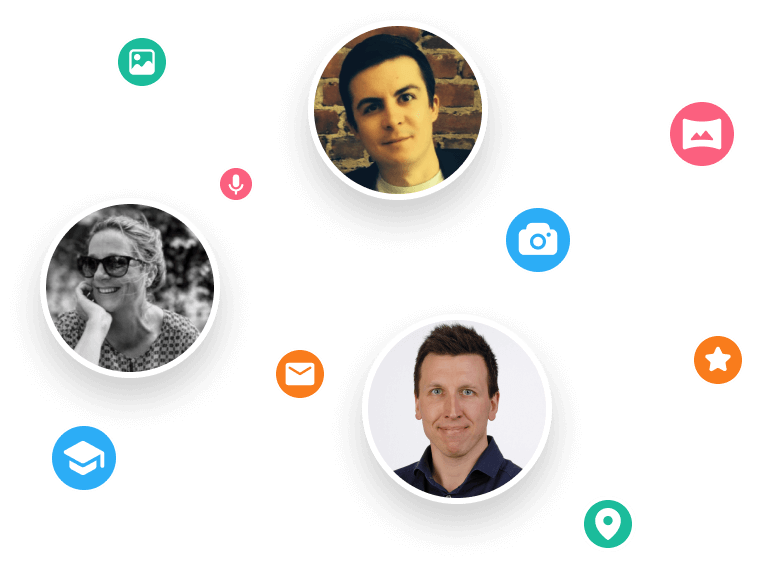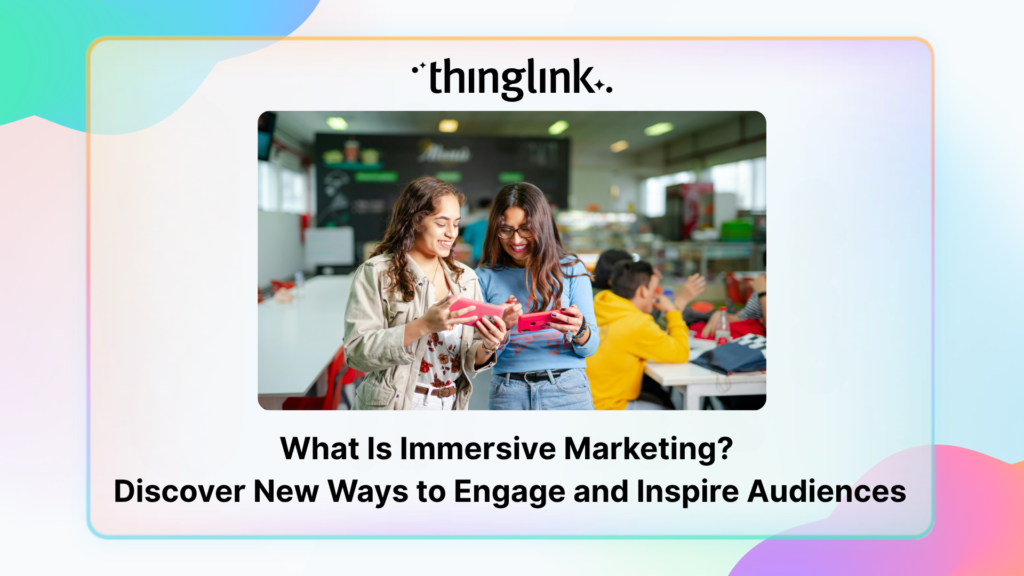
What Is Immersive Marketing? Discover New Ways to Engage and Inspire Audiences
How can marketers truly attract and engage consumers in the saturated world of digital marketing? Attention is hard to earn and easy to lose. Audiences want something to explore, not just something to read, watch, or scroll past. Immersive marketing gives them that opportunity by turning content into an experience your audience can explore, engage with, and remember.
Immersive marketing can live on your website, through QR codes on product guides or packaging, at a trade show, or within an immersive room created in collaboration with our hardware partners. The same immersive experience works seamlessly across mobile, desktop, VR headsets, and large displays. These interactive experiences help strengthen customer engagement, build brand loyalty, and bring your story to life. To create experiences like these quickly and easily, check out the ThingLink Creation tools.
What Immersive Marketing Really Means
Immersive marketing is the art of designing digital experiences that audiences can explore and interact with. Instead of asking people to watch or read, you invite them to participate. That shift from passive to active transforms how they understand your brand.
It starts with your audience. What do they care about? What do they need to understand to feel confident in your brand? Once you know that, you can design experiences that connect digital storytelling to your real world products, services, and use cases – in ways that feel relevant and engaging.
For example, a retailer could publish a 360° tour of its flagship store and add a QR code to packaging or window signage. Customers can scan the code, open the tour, and explore the space on their devices. Even if they live across the world, they can still experience what makes that flagship location special. The same idea applies to product education, onboarding, or post-event follow-up. For more ideas like this, check out our 10 Ways to Use ThingLink for Marketing and Customer Education.
Why Immersive Marketing Campaigns Matter
Audiences respond to experiences that respect their time, spark curiosity, and feel rewarding. Immersive marketing does exactly that.
Emotional connection: Story-driven, interactive content helps audiences feel closer to your brand and values. When people explore your content instead of simply viewing it, they build emotional associations that feel more personal and memorable. This kind of connection helps transform awareness into genuine brand affinity.
Deeper engagement: Immersive formats encourage people to slow down, explore, and learn through discovery. Instead of passively consuming information, they make choices, uncover insights, and spend more time engaging with your story. That active participation builds understanding and recall that lasts long after the first interaction.
Differentiate your brand: Immersive marketing helps your brand stand out in a crowded landscape. Instead of competing for clicks, you create experiences people remember; the kind of immersive experiences that build recognition, trust, and loyalty over time.
On social media, short screen recordings or teasers of immersive content often outperform static posts. They capture attention, encourage clicks, and guide people toward the full version of your immersive content.
Immersive Experiences for Customer Education
The most effective marketing doesn’t just attract attention, it helps consumers understand. Immersive marketing is powerful for customer education because it lets users learn by doing, connecting digital learning to real world contexts.
With ThingLink, marketers can create interactive experiences that help customers explore products, learn workflows, or see how a feature solves a problem. Interactive tags and overlays turn static images, videos, 3D models, or 360° media into layered experiences that teach, guide, and engage.
This approach builds confidence and understanding, two key ingredients for brand loyalty. For a deeper look at how immersive customer education strengthens marketing, see Why Customer Education Is an Essential Part of Your Marketing Strategy.
How Immersive Marketing Fits into Your Digital Marketing Strategy
Immersive marketing enhances the channels you already use. It adds a layer of interaction where your content is currently static and makes each touchpoint more meaningful.
Here are a few ways to start:
- Interactive product guides: Replace PDFs with immersive manuals that let customers click through steps and interact with 3D models of your products to explore features at their own pace.
- Scenario-based demos: Let visitors choose a path that matches their needs, then show how your products and offerings fit into their specific context to solve their needs.
- Trade show experiences: Use ThingLink Immersive Spaces to create booth experiences visitors can step into and interact with. These experiences can be revisited later on consumers’ own devices at their convenience.
- QR-enabled learning: Add QR codes to packaging that open interactive product tutorials or immersive behind-the-scenes tours.
- Social media teasers: Share short screen recordings of your immersive marketing experiences across social media channels, and link to your full interactive experience for customers to explore.
These immersive marketing experiences can offer more value to influencers or partners, so when they share these experiences, they can create genuine engagement and discovery rather than another passive impression.
Making Immersive Marketing Accessible with ThingLink
Creating immersive marketing experiences traditionally required specialized software and large budgets. Now, anyone can do it with ThingLink.
Start with the media you already have and add structure, context, and interactivity using ThingLink’s simple creation tools, with no coding required.
- AI-powered creation: ThingLink’s artificial intelligence tools help you build and edit immersive content faster, while keeping your authentic brand voice. You can convert existing materials, generate or adapt media and text, or leverage a combination of both to create dynamic immersive marketing experiences.
- Straightforward analytics: Track views, unique visitors, and time spent by consumers on your content to understand engagement and refine future content.
- Accessibility and reach: Automatic translation features and screen reader support make your content inclusive and globally accessible. Read more about our Accessibility features here.
- Flexible publishing: Share immersive content through direct links, QR codes, website embeds, or large displays at events. For XR projects, explore ThingLink XR or ThingLink for Apple Vision Pro.
With accessible pricing and intuitive design features, ThingLink makes immersive marketing achievable for every brand and team size.
The Pillars of Immersive Marketing
Four core principles define strong immersive marketing campaigns. Keep these in mind as you design your own experiences.
1. Interaction
Immersive marketing starts with participation. Clickable hotspots, guided navigation, and layered media invite audiences to explore and engage beyond passive consumption. These actions hold consumers’ attention longer and help them connect product and brand information to real-world understanding.
2. Storytelling
A strong narrative gives immersive experiences structure and emotion. Every interactive element should support your brand story and what matters most to your customers. Storytelling transforms information into meaning, turning marketing messages into brand experiences that consumers are more likely to remember.
3. Engagement
Engagement is what makes an experience stick. Gamified elements, scenario-based storytelling, or small rewards can keep users exploring and learning. When people are active in your story, they retain what they’ve learned about your products and feel closer to your brand.
4. Accessibility
True immersion is inclusive. With ThingLink’s translation and accessibility features, your content can reach audiences across languages, abilities, and devices without the extra work of reformatting your immersive marketing experiences.
How Brands Are Using Immersive Marketing Today
- Trade show immersion with Epson and ThingLink: At major events, ThingLink and Epson partnered to build interactive 360° environments where visitors could step into digital booths, explore products, and interact with the experience that was projected onto the walls of the immersive space.
- Immersive product tours with KAESER Compressors: KAESER created 360° tours of its custom enclosures, shown on tablets at trade shows. Visitors explored complex systems in context, which helped them understand the products faster and in greater detail. Visitors could also revisit the tours later on their own devices, extending engagement beyond the event.
- Social media engagement with Vaisala: Vaisala produced a virtual campus tour and shared short screen recordings of the tour on LinkedIn. The posts achieved higher engagement than static updates and brought new visitors to their interactive experience.
These are practical, repeatable, scalable examples of how any brand can make immersive marketing part of its marketing strategy. For more real-world inspiration, read 10 Ways to Use ThingLink for Marketing and Customer Education.
Types of Immersive Marketing Campaigns You Can Build
Here are a few ways to bring your brand’s immersive ideas to life:
- Interactive product stories: Turn product visuals into clickable experiences that reveal benefits and features in real-world context.
- Immersive learning hubs: Create branded spaces where tutorials, resources, and certifications live together, and encourage deeper engagement and understanding.
- Scenario-based demos: Build branched journeys that let audiences explore your solutions for their unique needs.
- Interactive manuals: Help customers solve problems faster with step-by-step, interactive guidance, including AR experiences with interactive 3D models of your object for additional context.
- Trade show extensions: Showcase immersive marketing content at trade shows to set your booth apart, and provide visitors with a link to revisit the experience on their own devices after the event.
- Social media clips: While social media platforms do not currently allow you to directly embed your immersive content created with ThingLink, you can share short screen recordings of your content that can increase engagement and drive audiences to the full experience.
What’s Next for Immersive Marketing
Immersive and interactive formats are becoming part of the marketing mainstream. Advances in virtual reality, augmented reality, and AI-assisted content creation are making them easier for any team to create and scale immersive marketing efforts.
With tools like ThingLink XR and ThingLink Vision Pro, marketers can design XR-ready experiences that expand across devices. The result is marketing that teaches, inspires, and connects, all through active participation.
ThingLink’s goal is to make immersive content creation and sharing simple, accessible, and measurable so every marketer can turn ideas into engaging experiences that leave a lasting impression.
Key Takeaways
- Immersive marketing turns static content into interactive experiences that audiences can explore.
- It deepens understanding and builds trust by inviting participation.
- ThingLink helps you measure engagement with your immersive marketing content with metrics like views, unique visitors, and time spent exploring your experiences.
- Built-in accessibility features let one immersive marketing experience reach audiences across devices, languages, and abilities without the need for further editing.
- You can start your immersive marketing journey small and scale easily with a ThingLink Creator Plan (starting at $29/month).
Start Creating with ThingLink
For a faster, innovative, and more engaging way to connect with your audience, start creating your first immersive experience with ThingLink. Our Create Starter and Create XR plans start at $29 per month and $99/month respectively, giving you everything you need to experiment, learn, and grow your immersive marketing strategy.
To see what’s possible, explore more ideas in: 10 Ways to Use ThingLink for Marketing and Customer Education, and Why Customer Education Is an Essential Part of Your Marketing Strategy.
